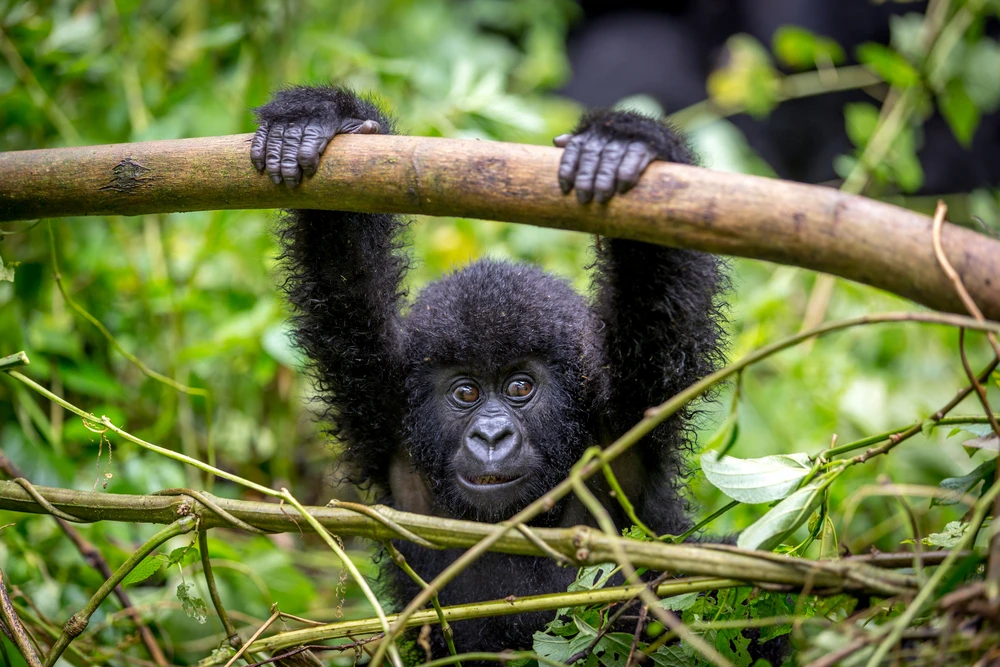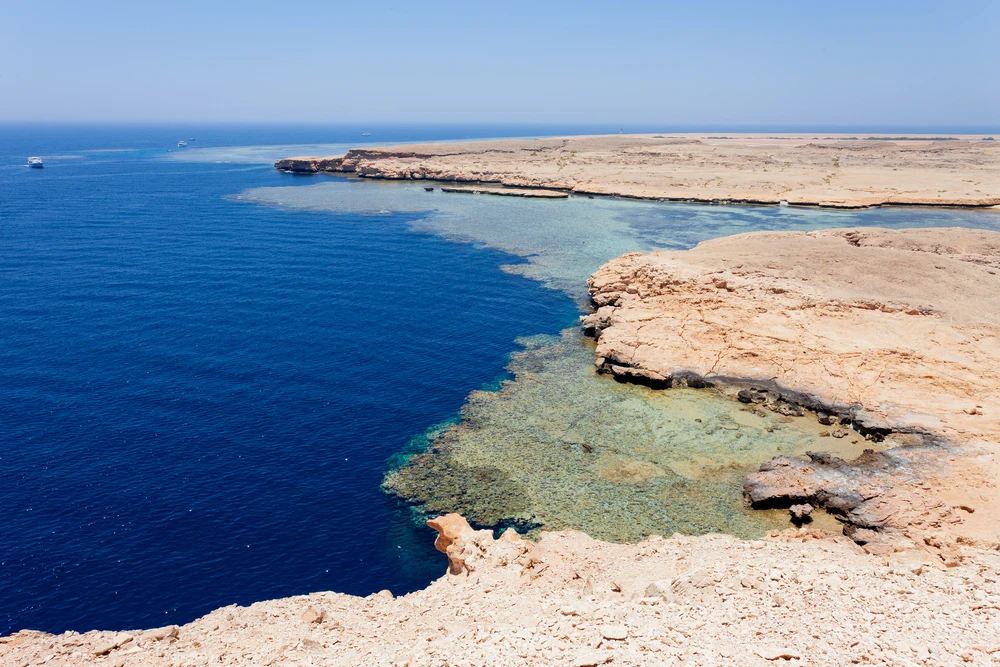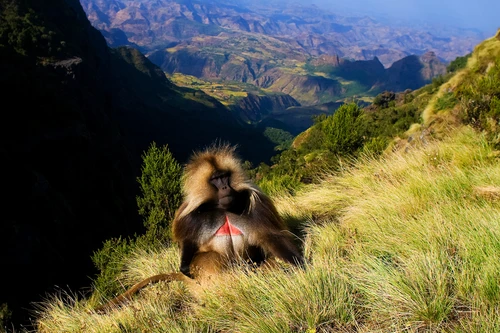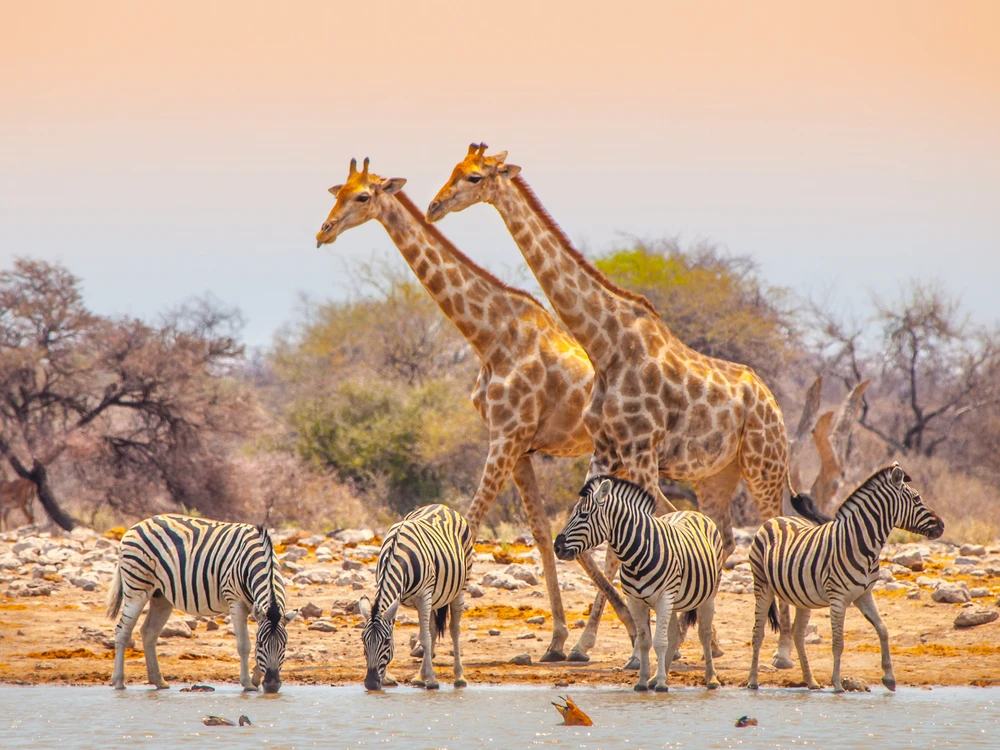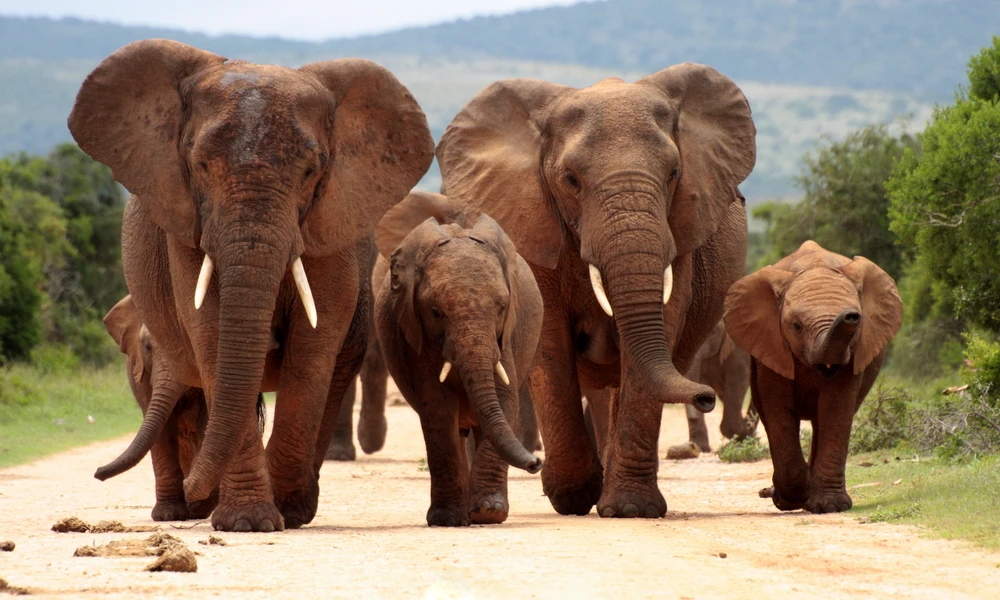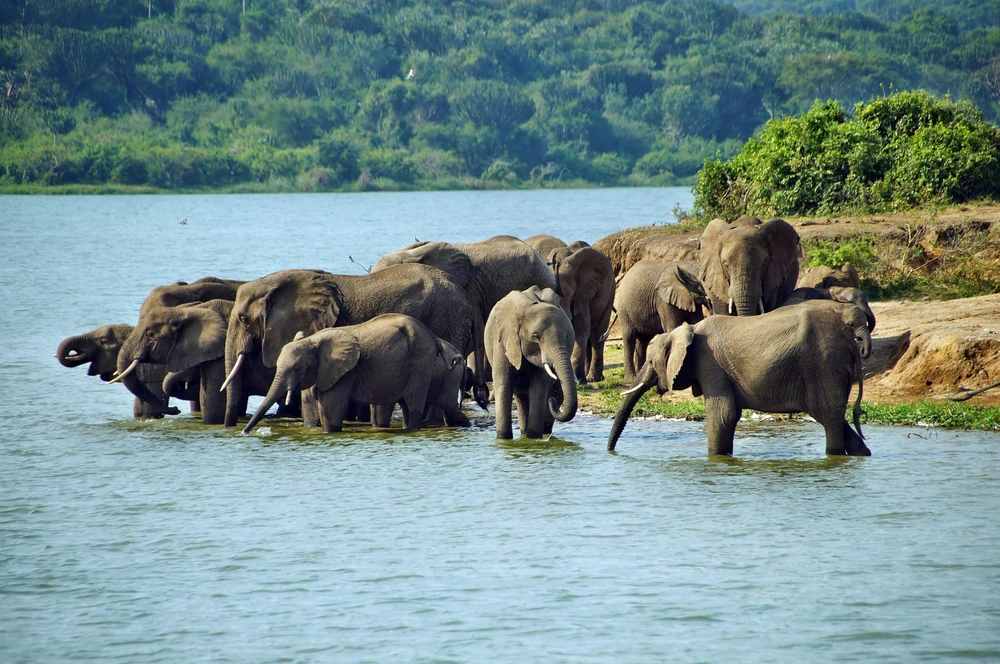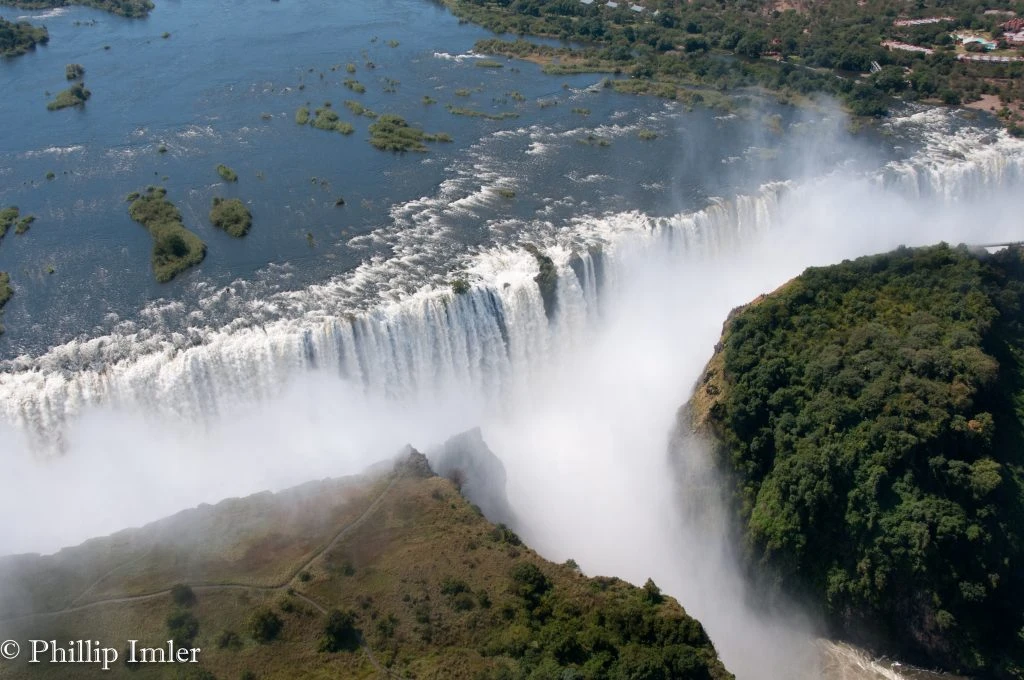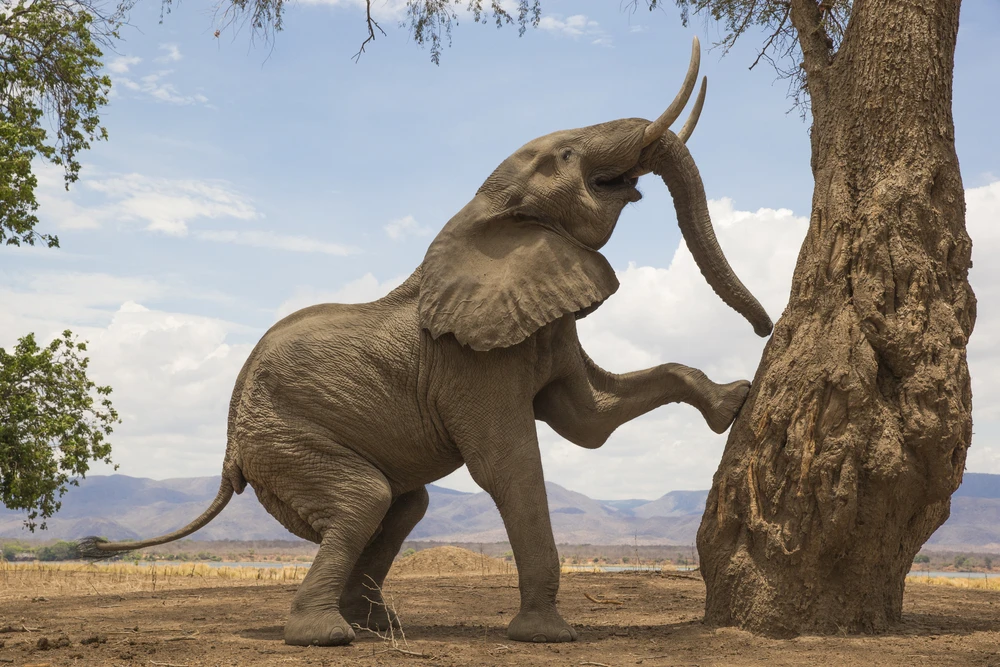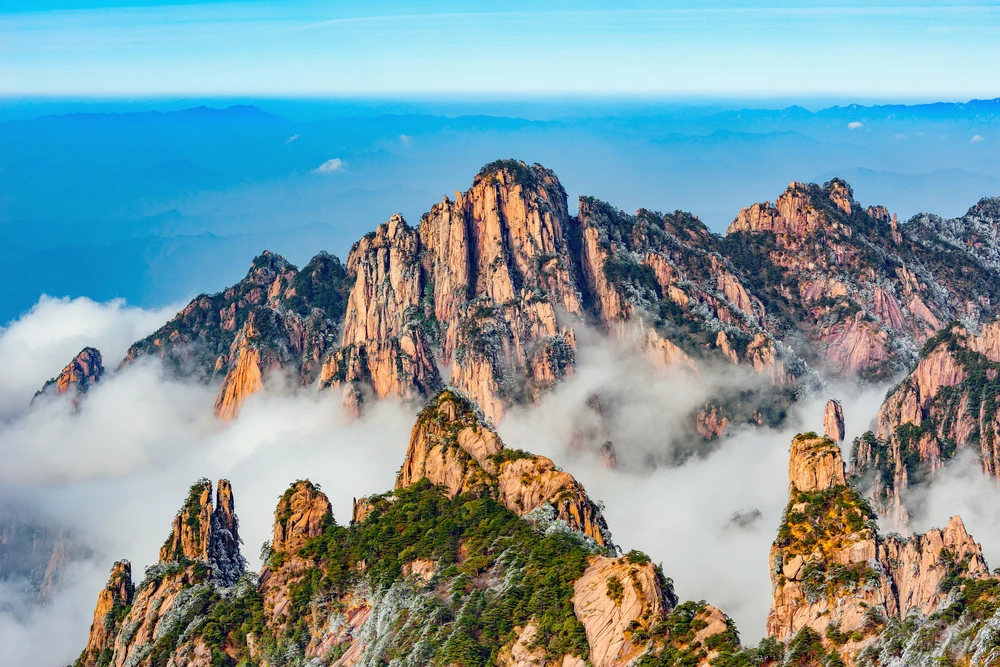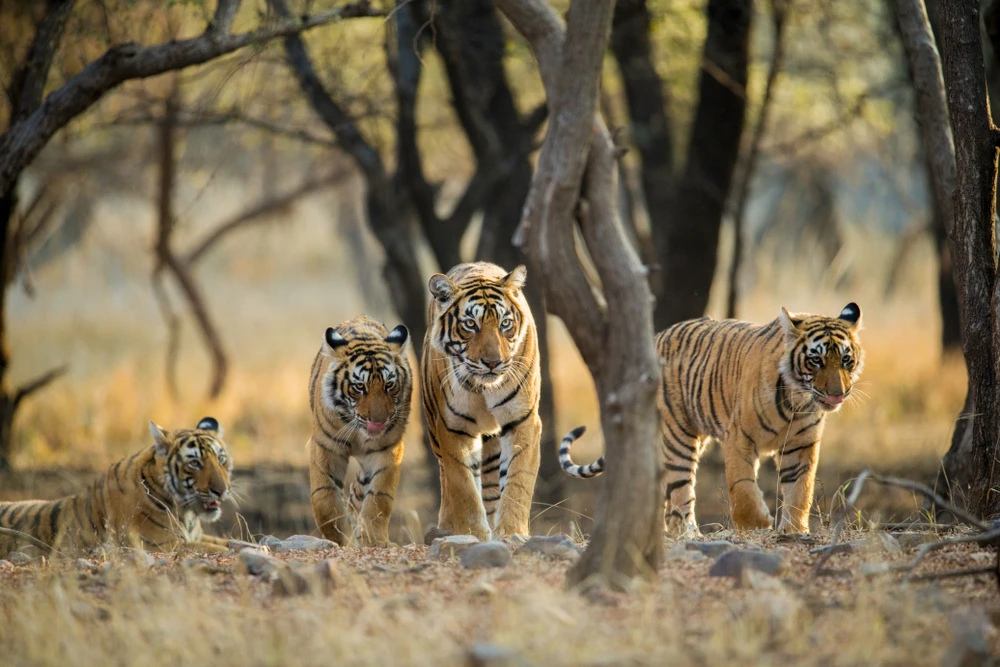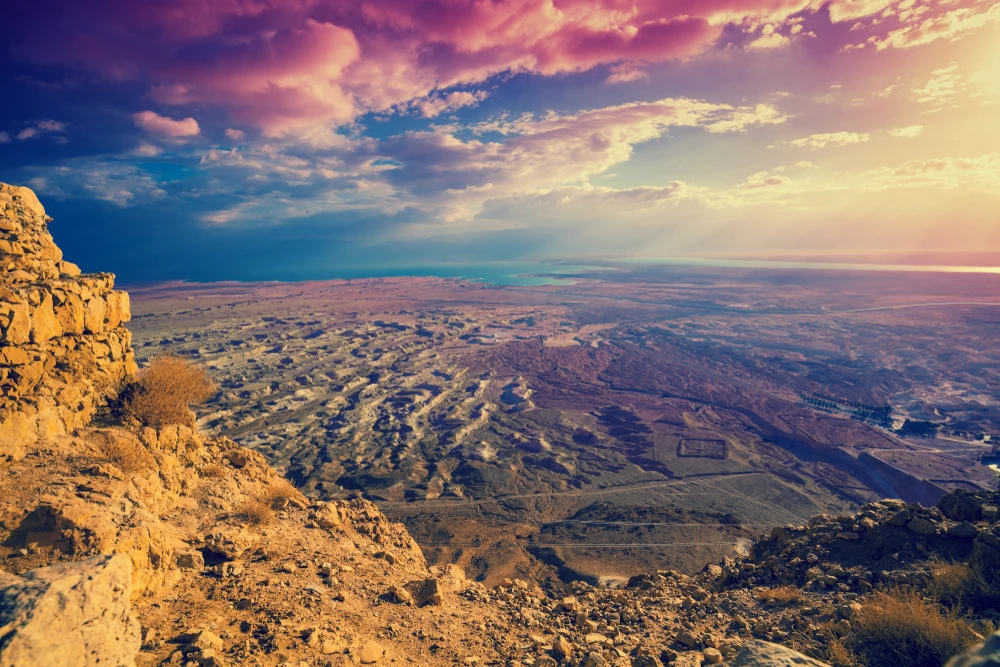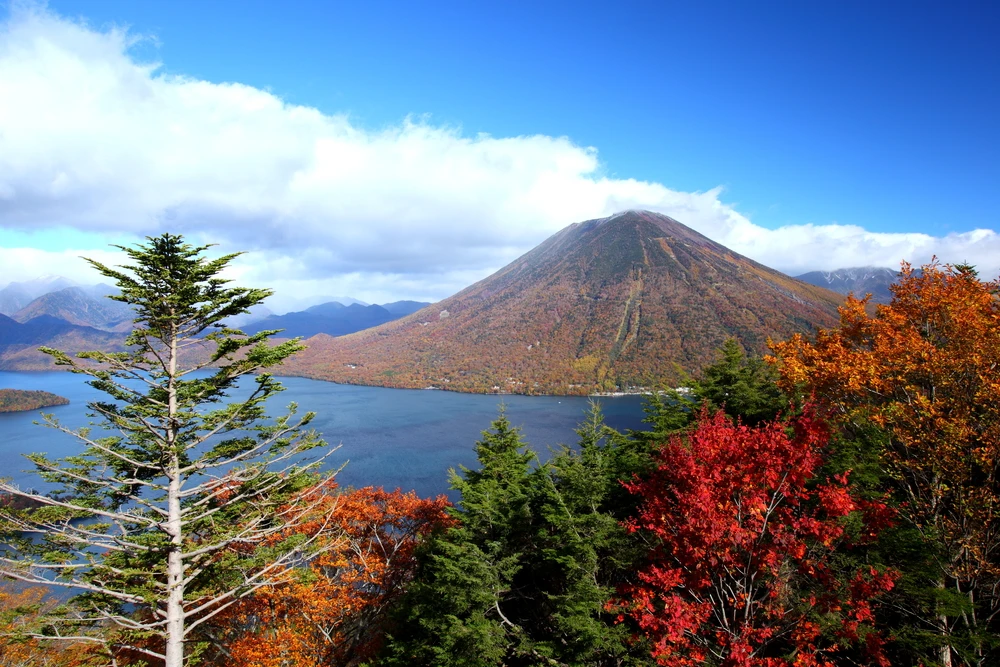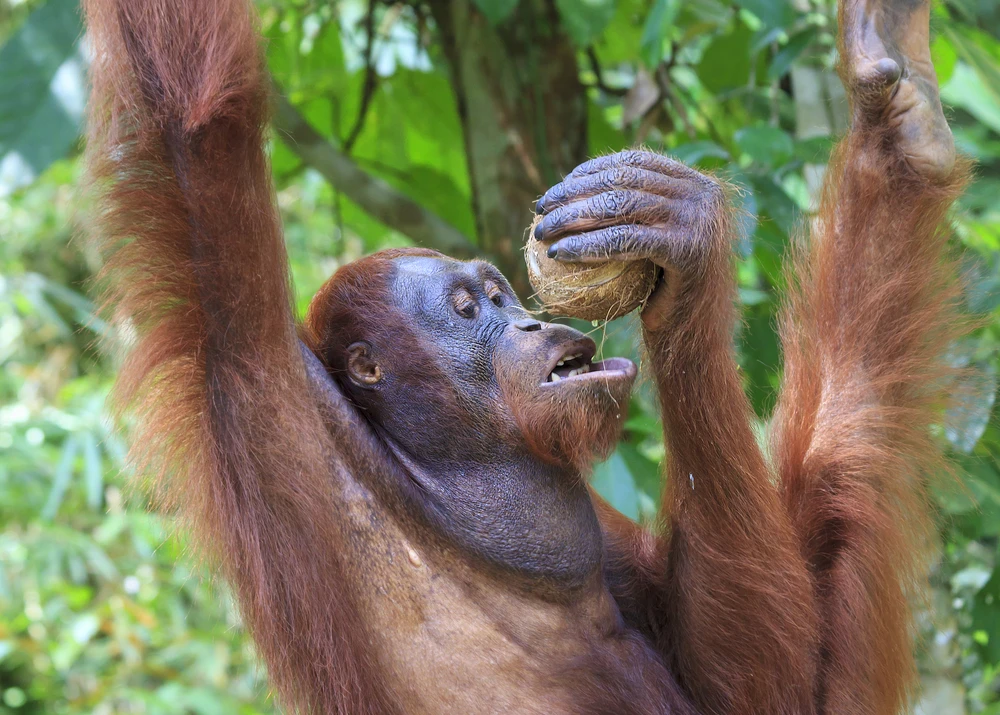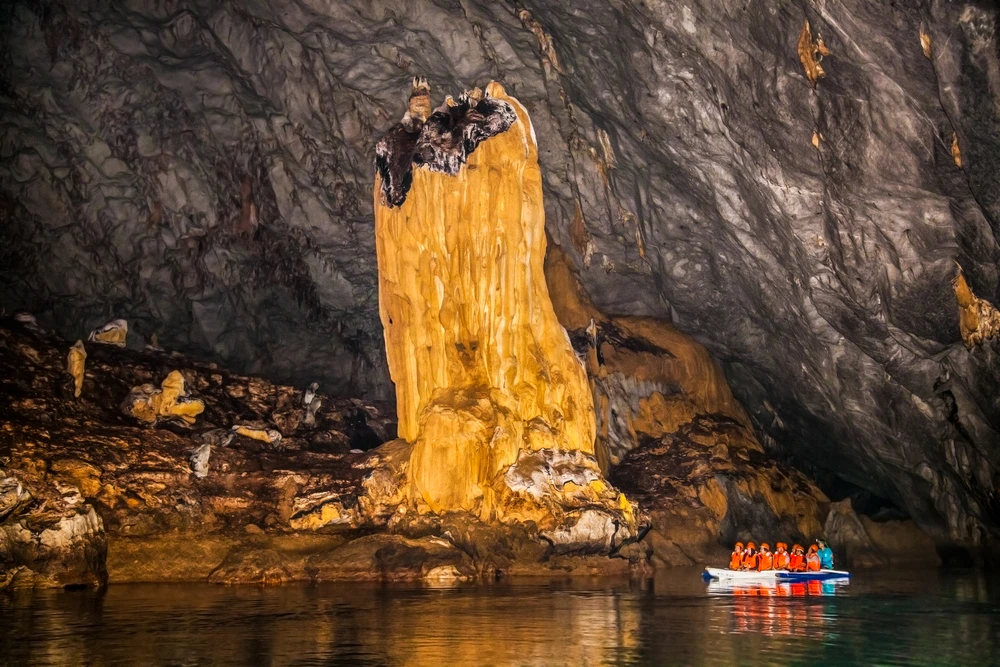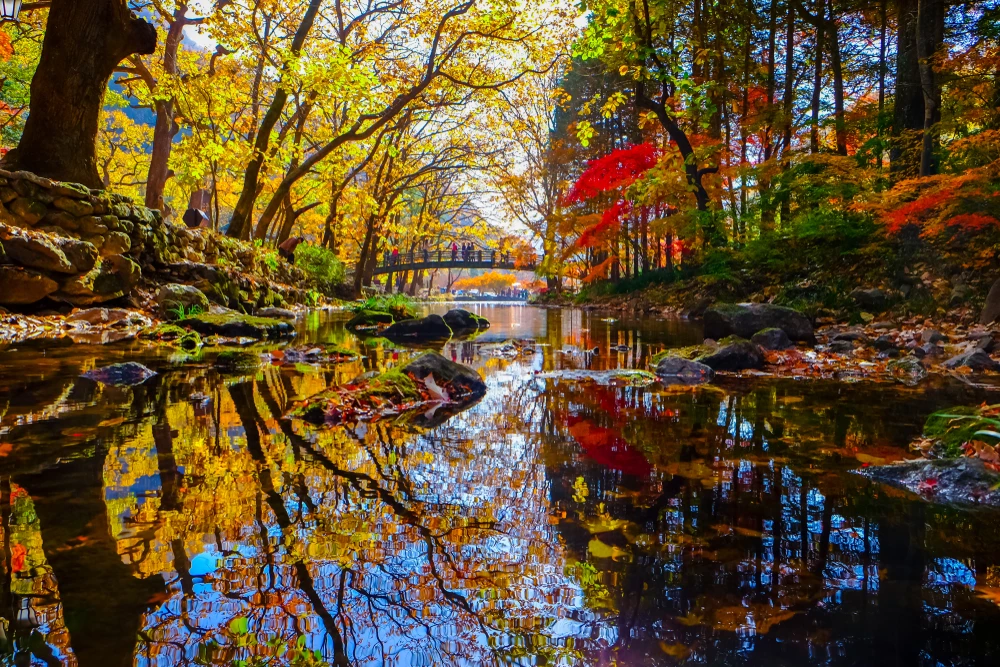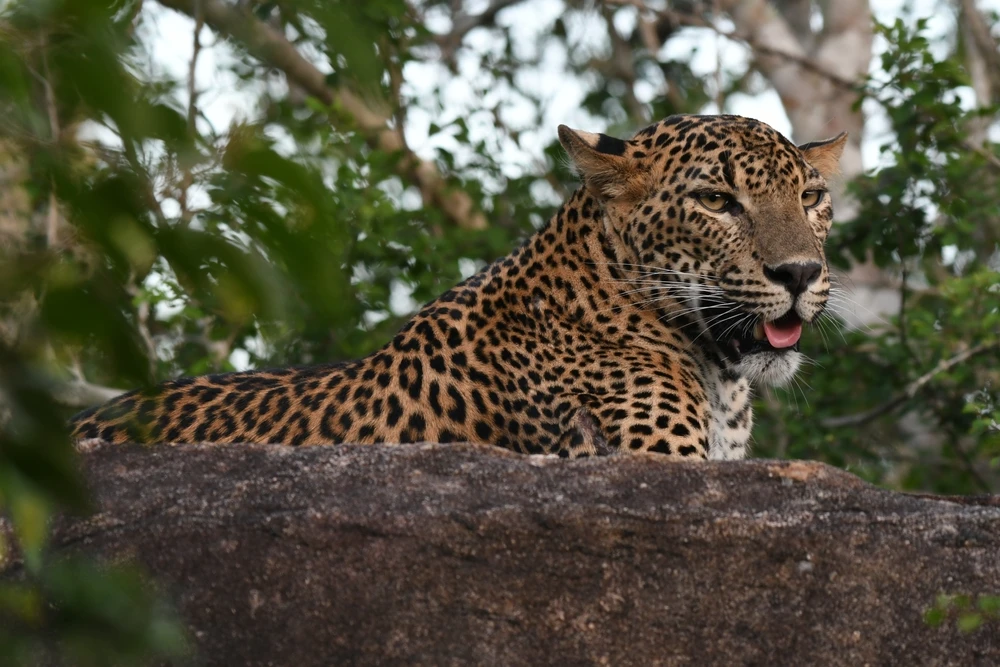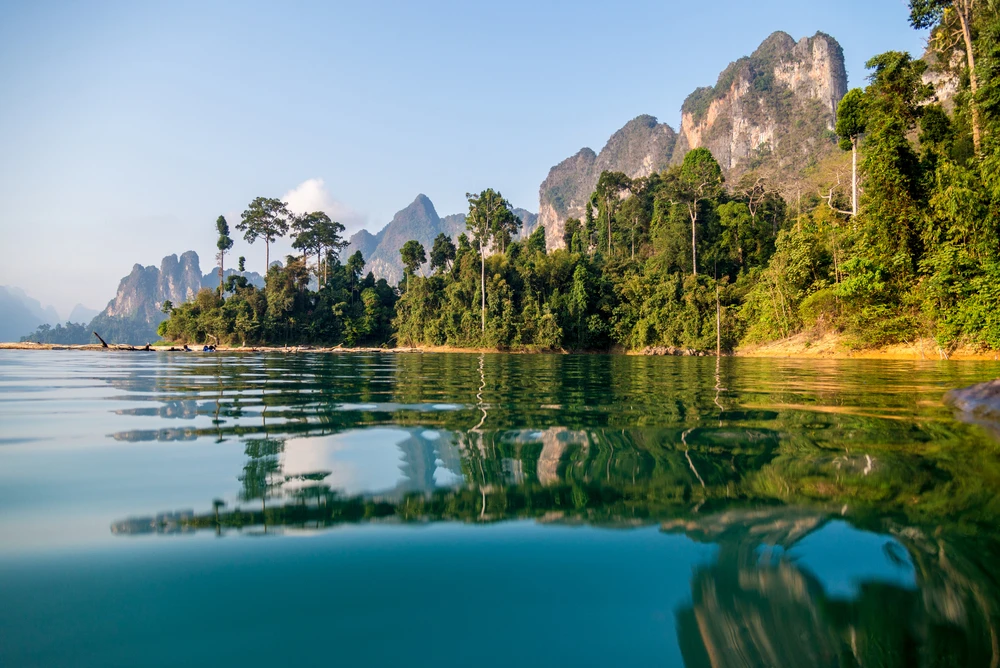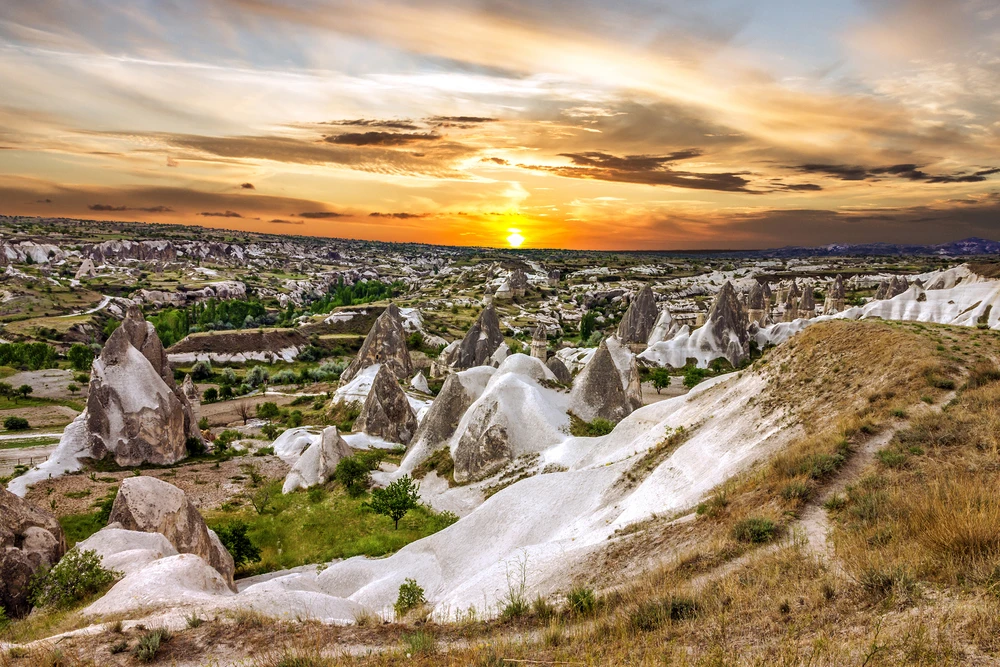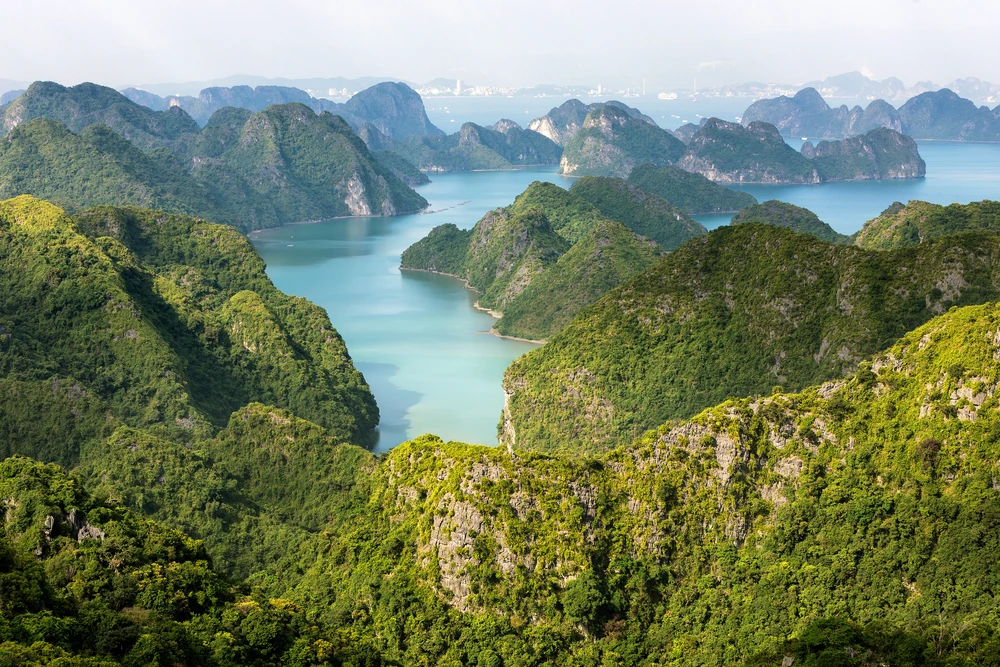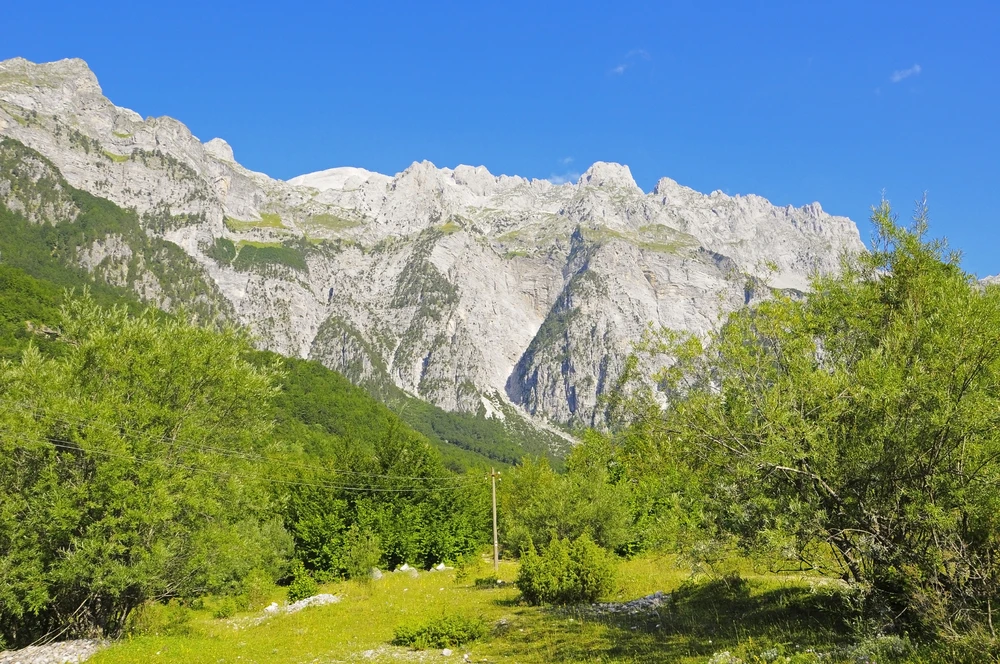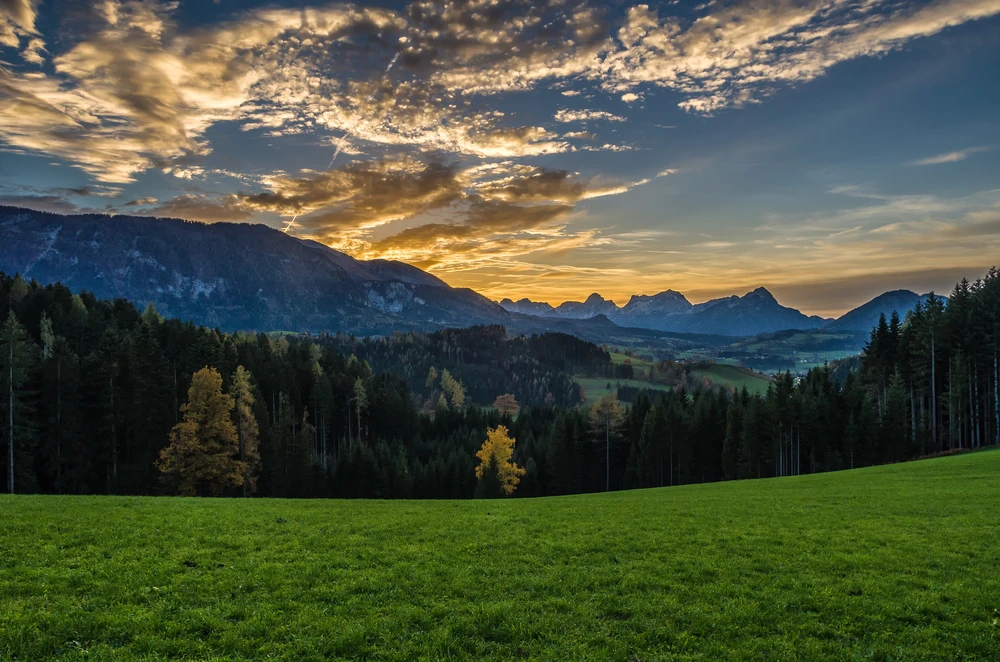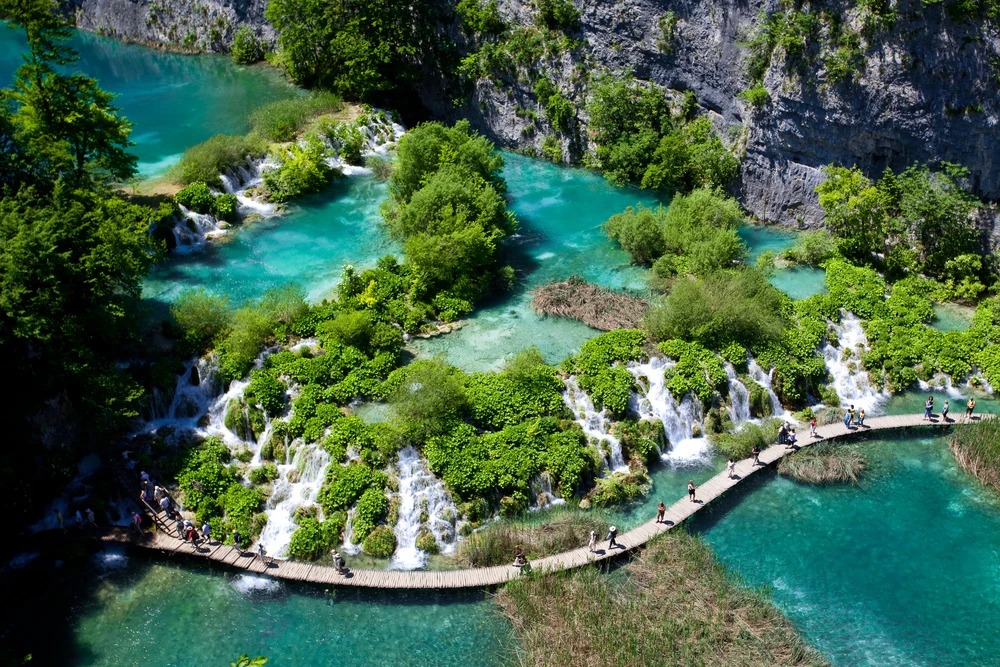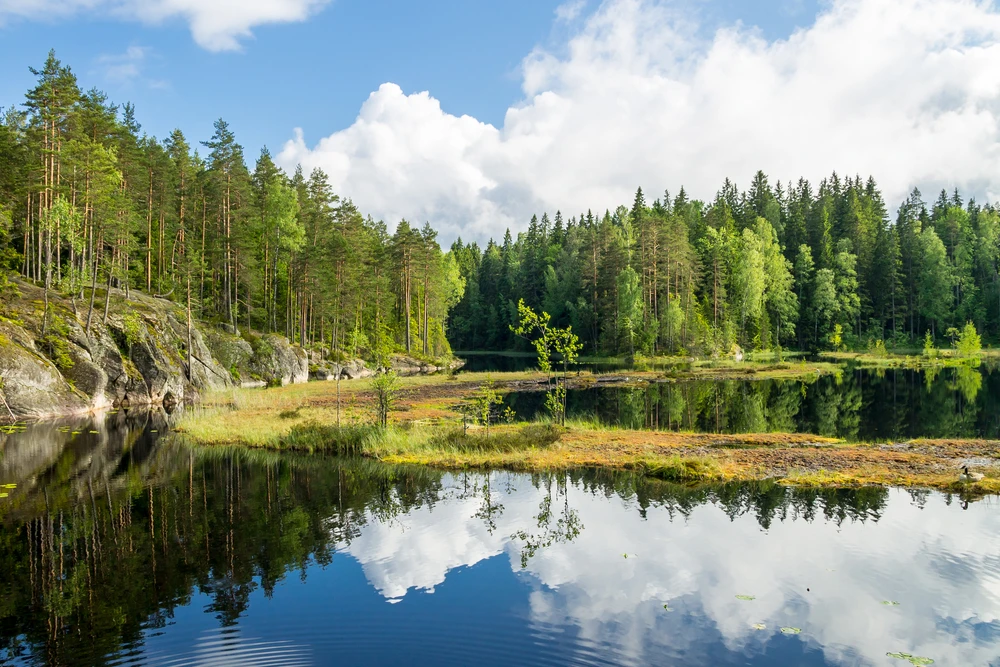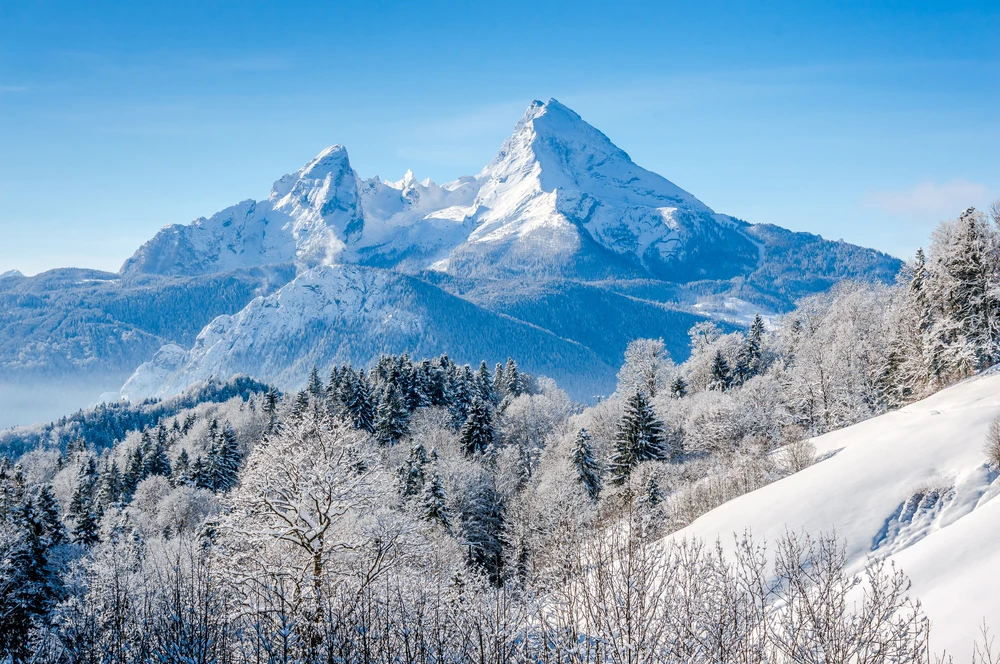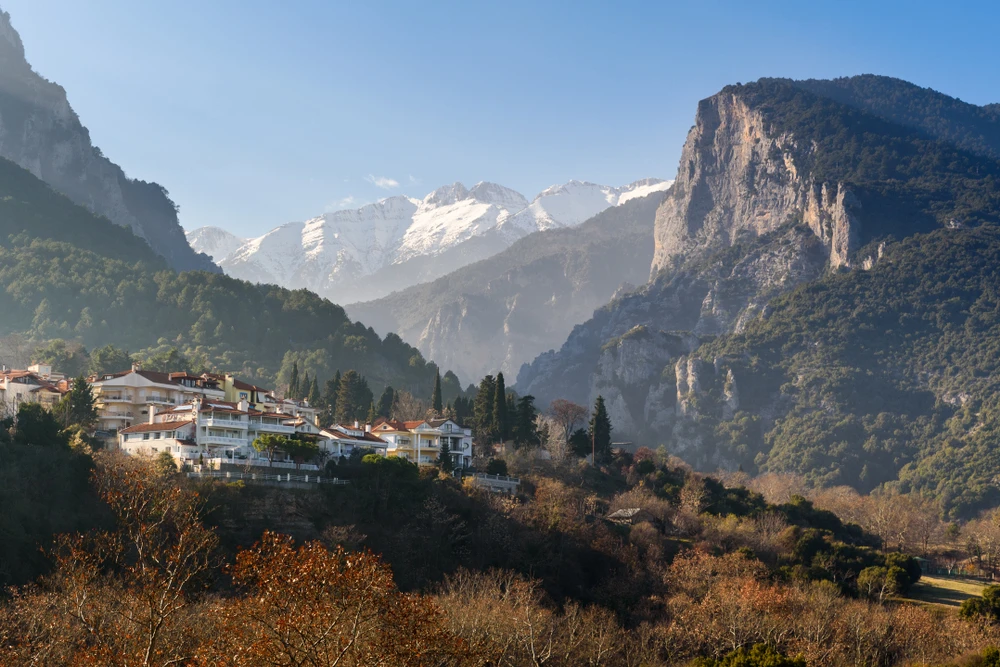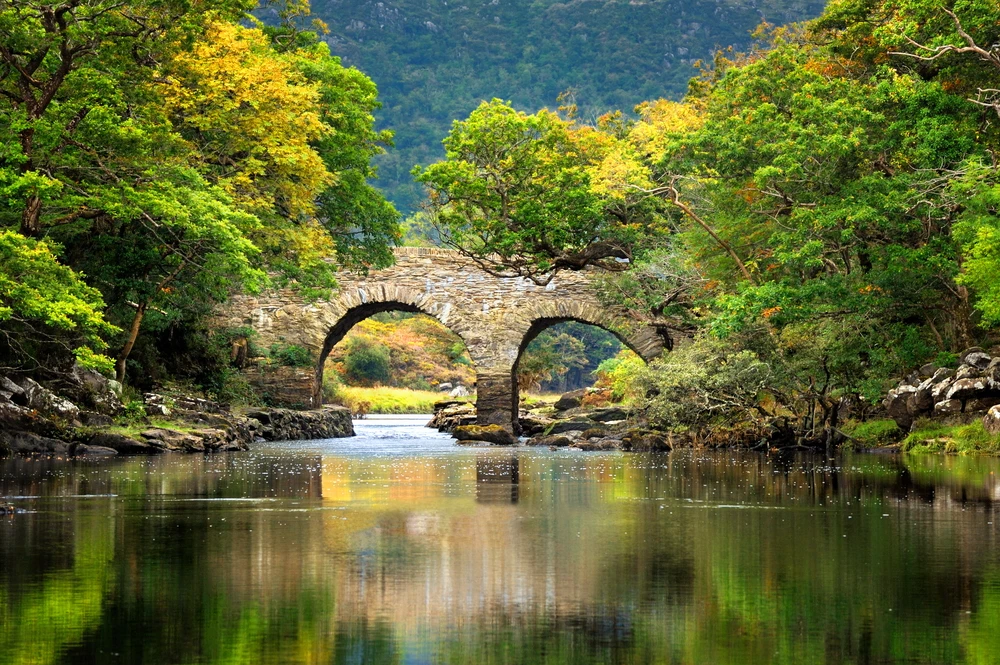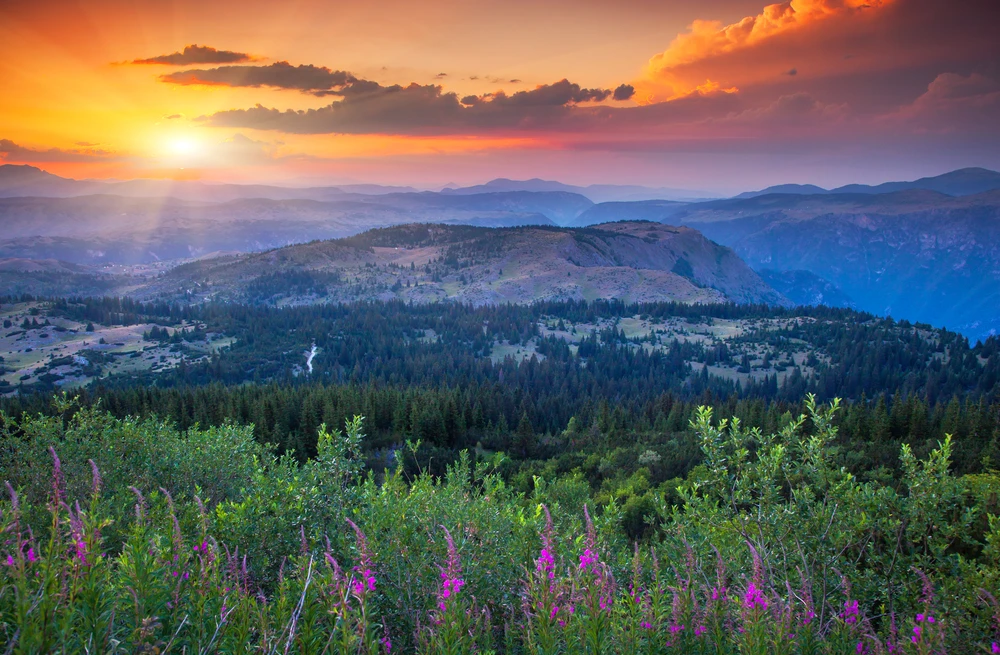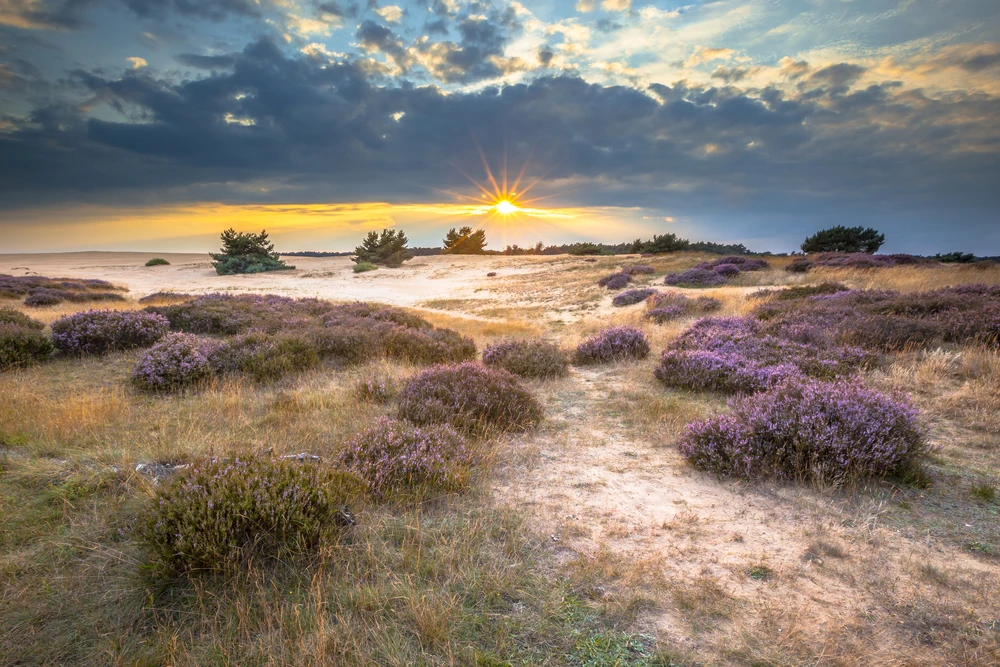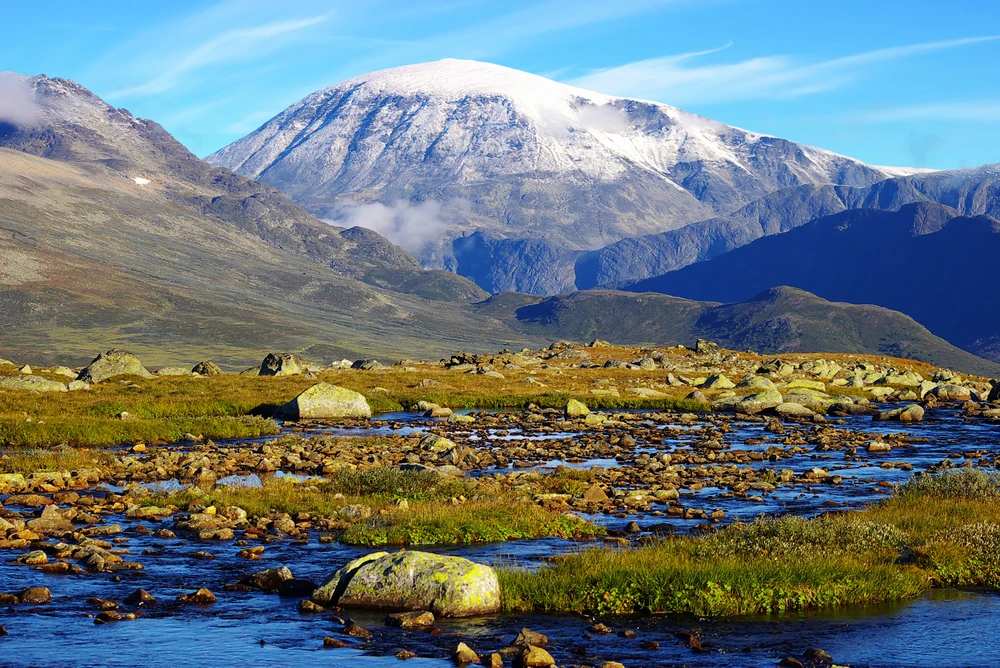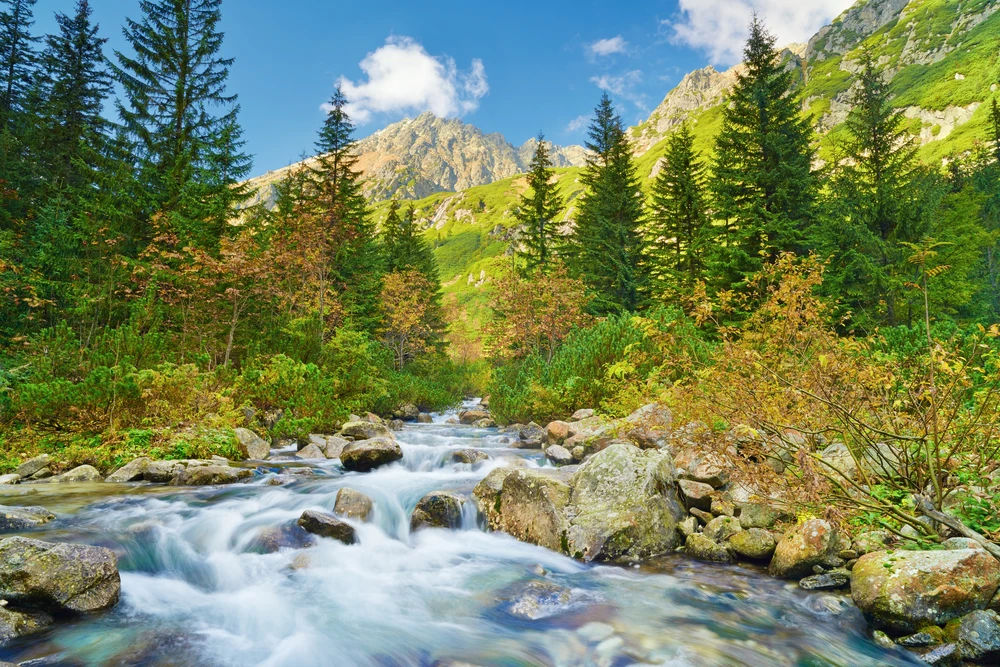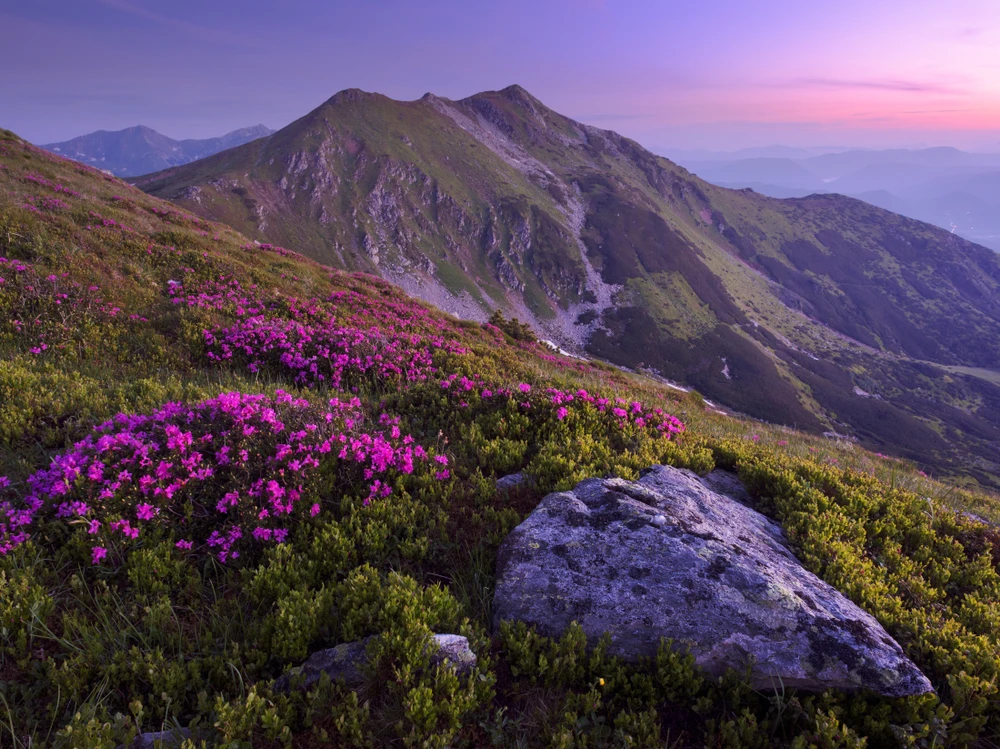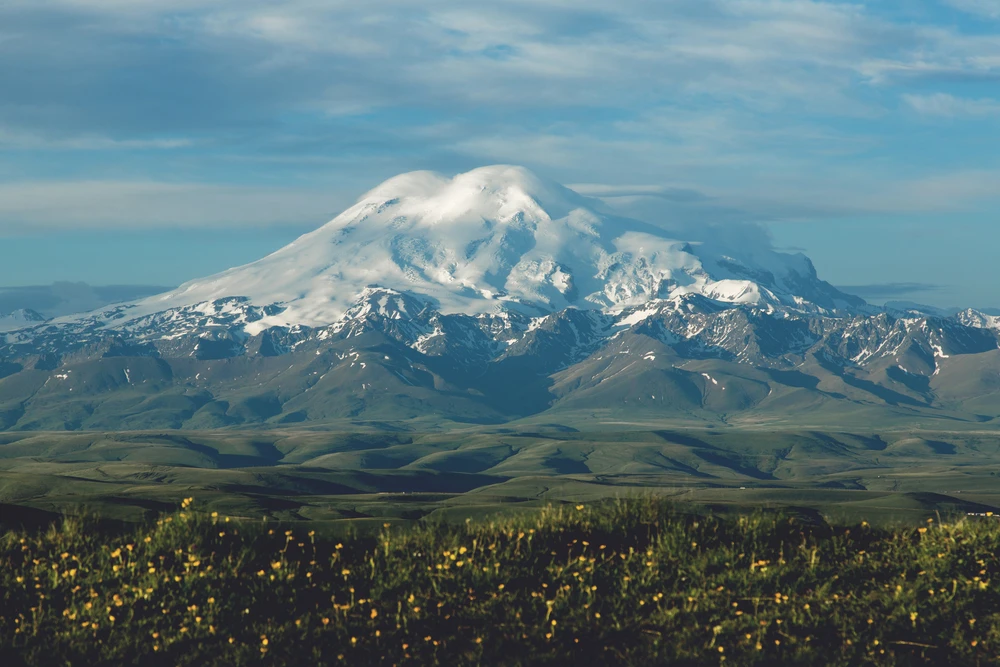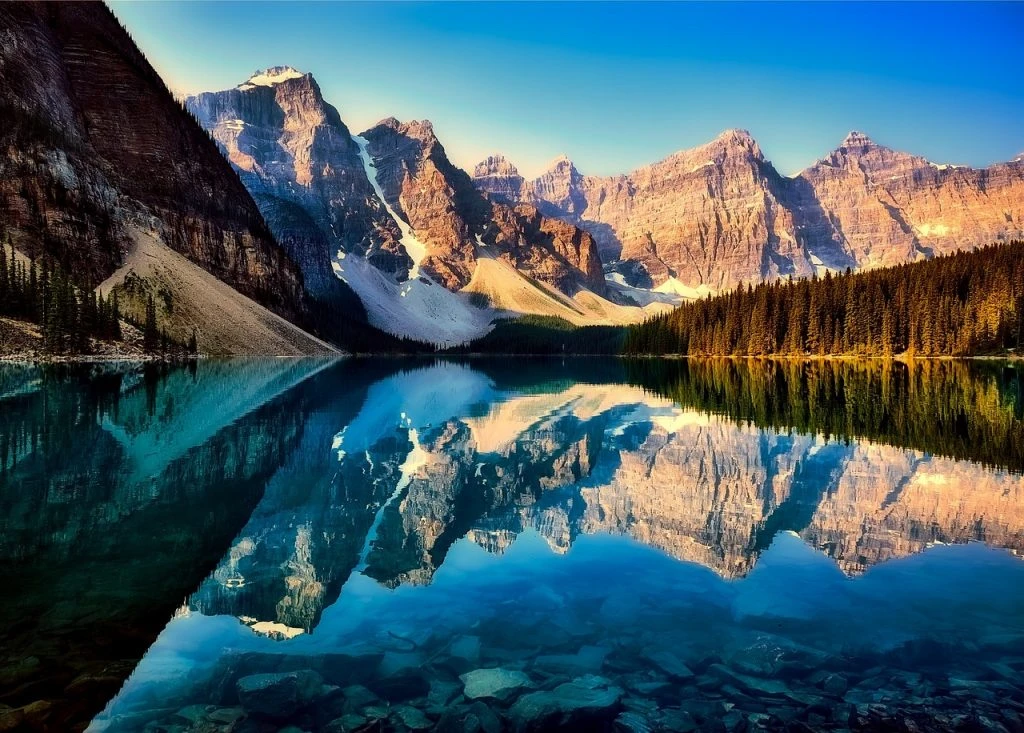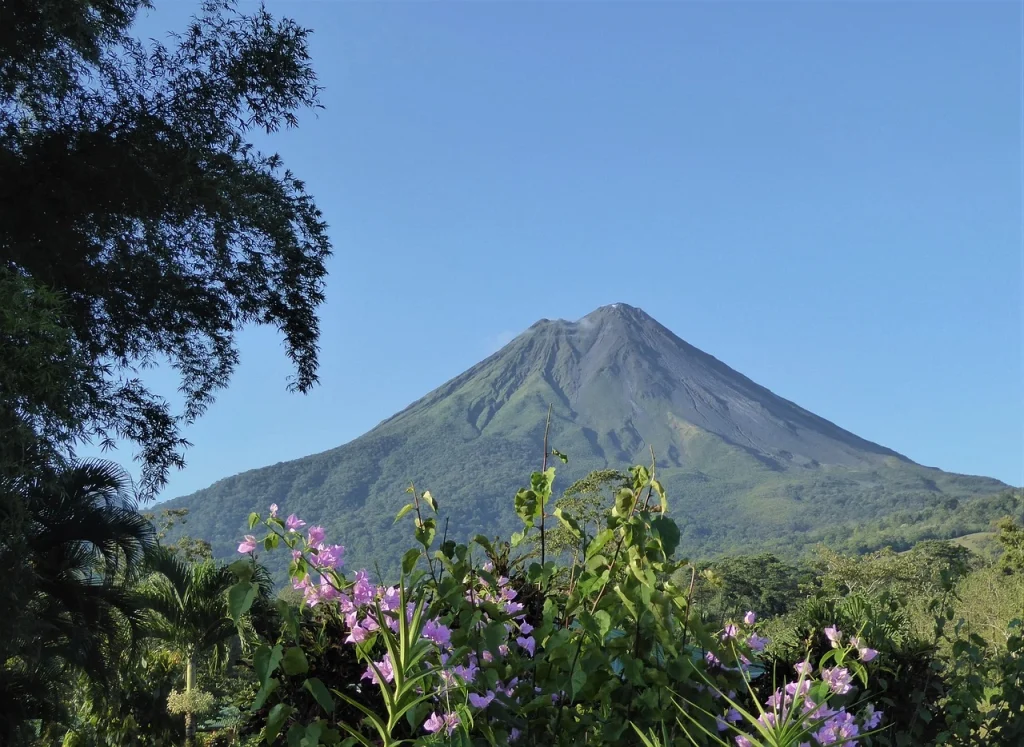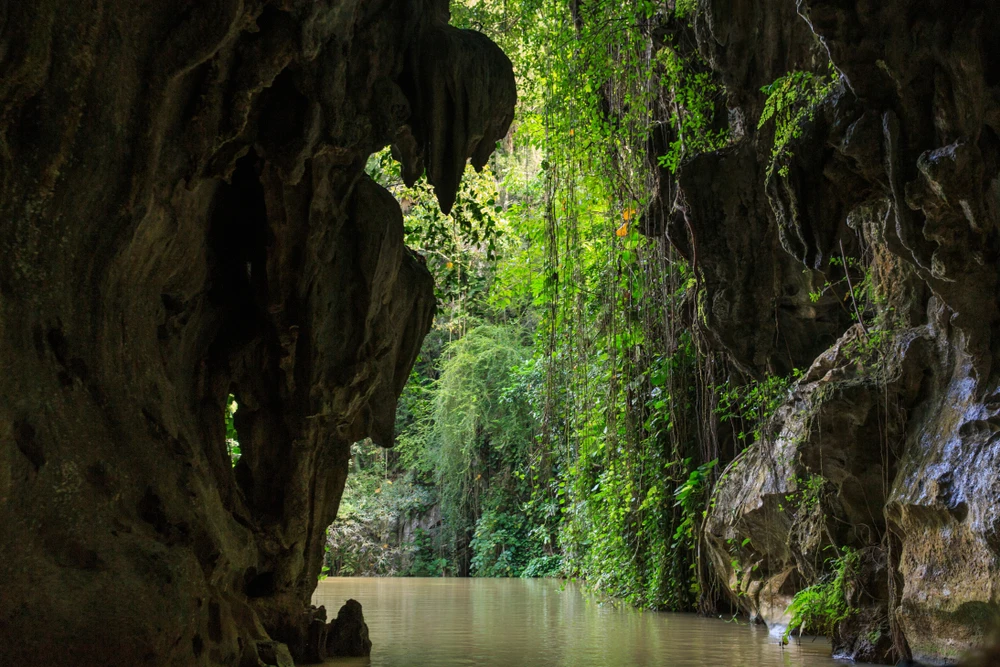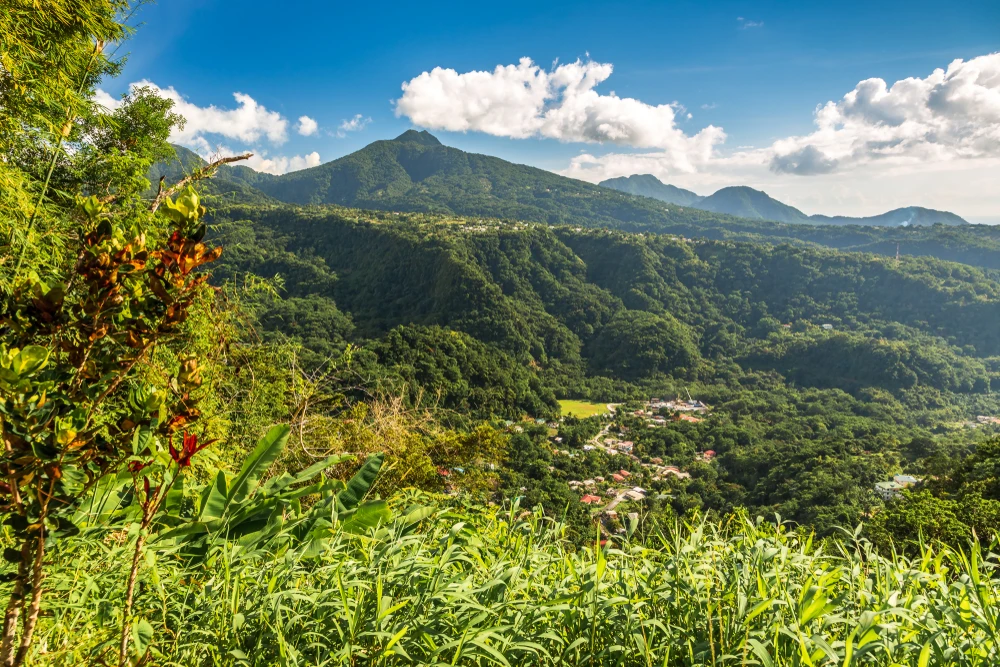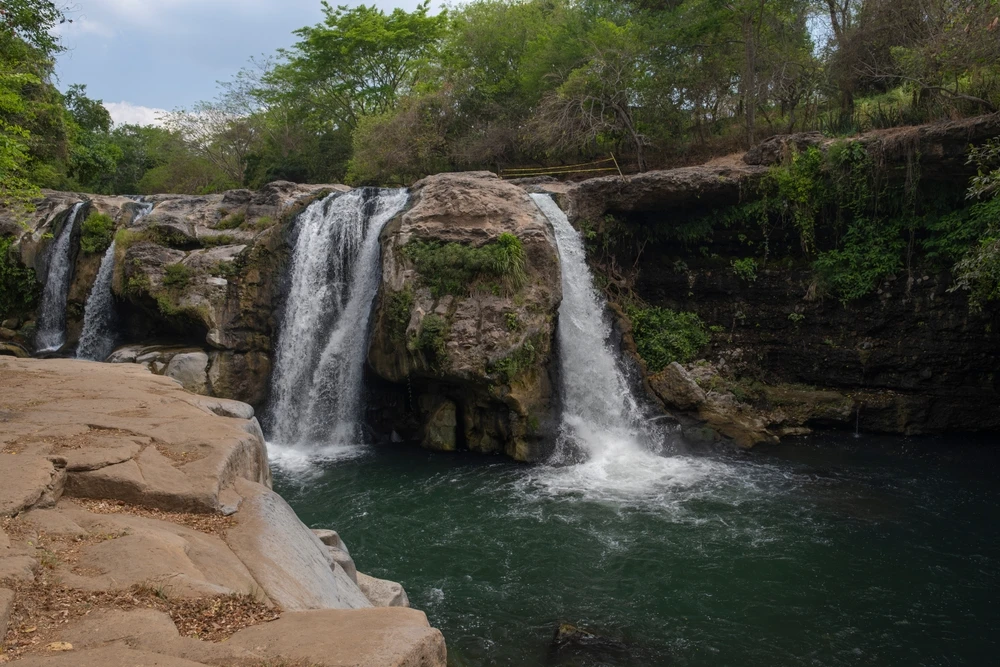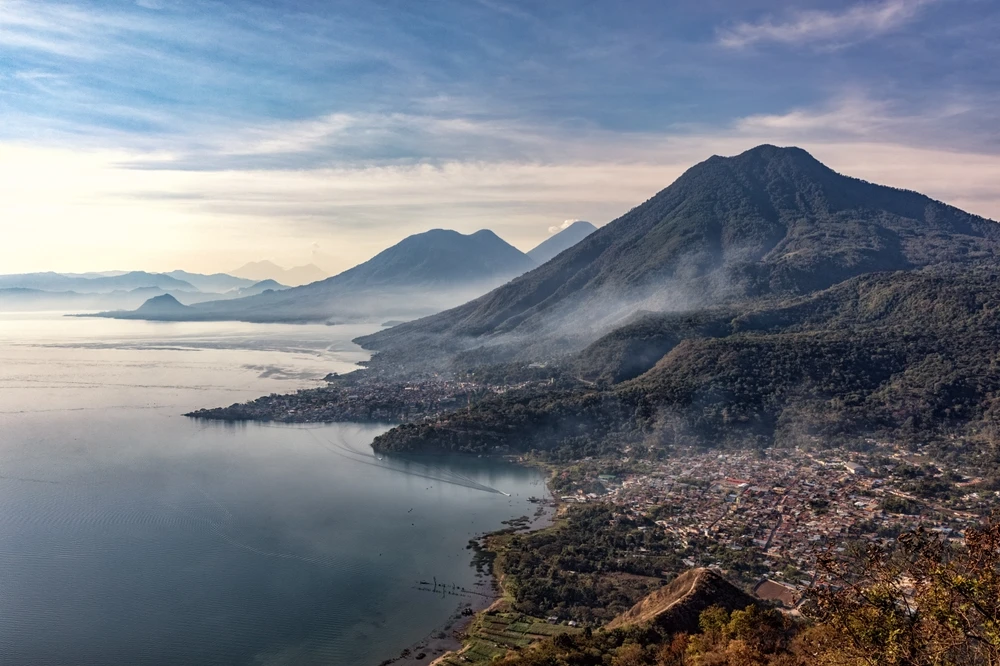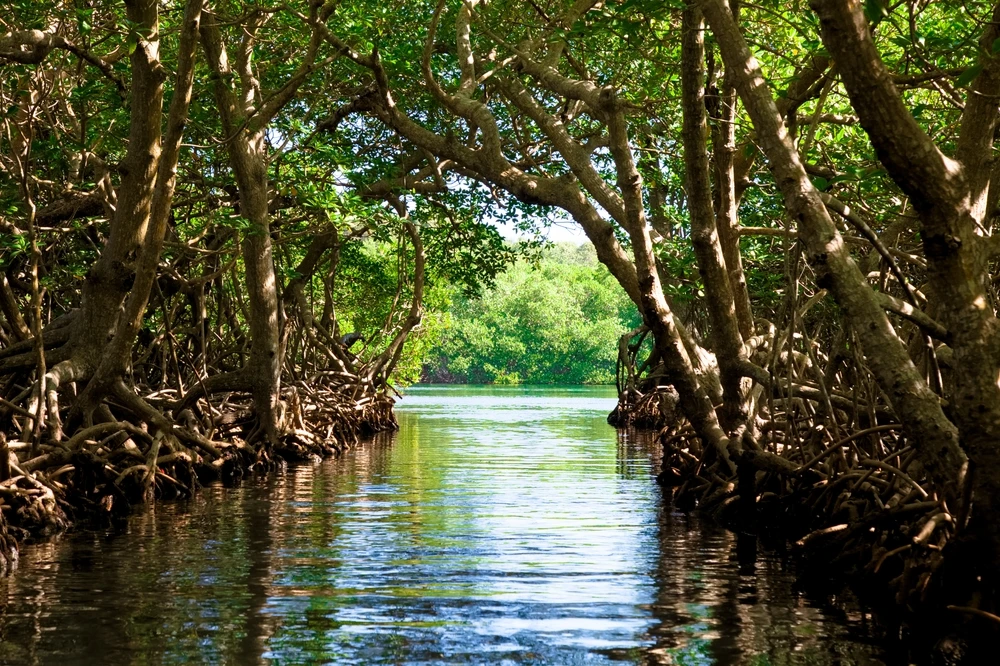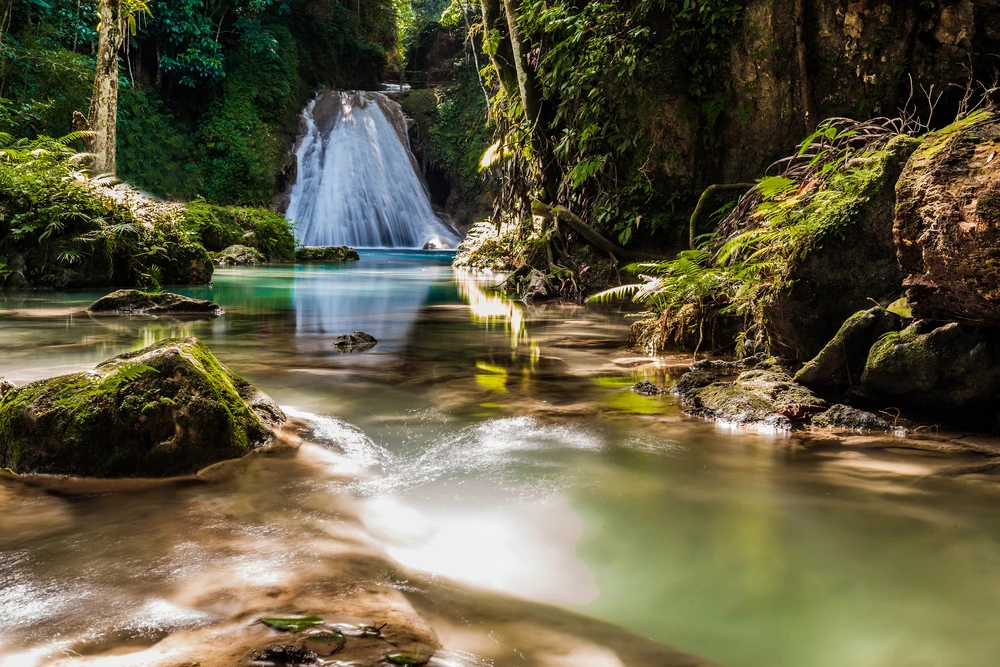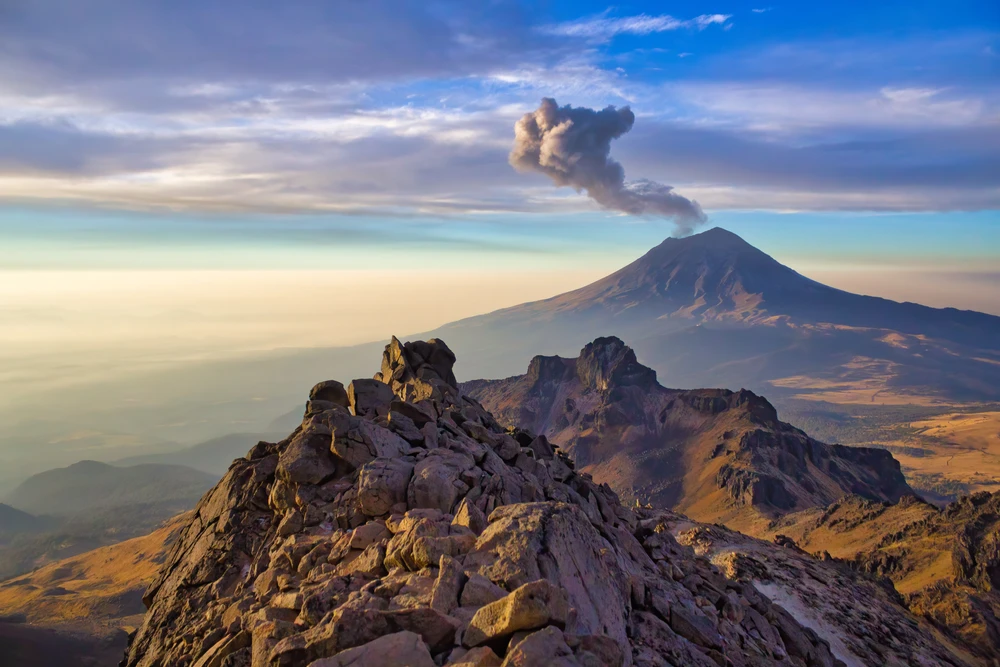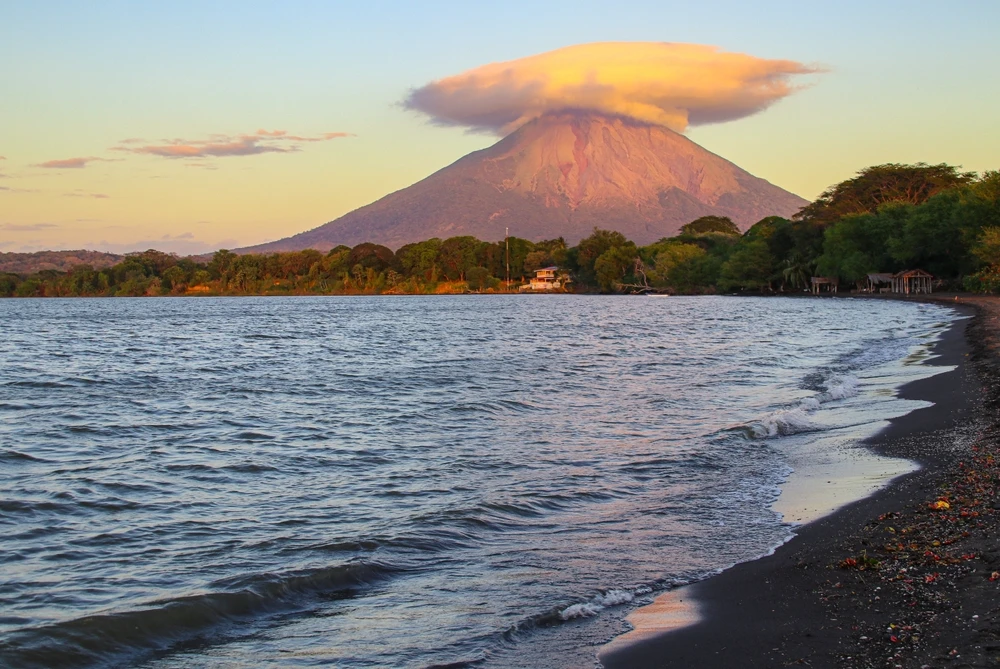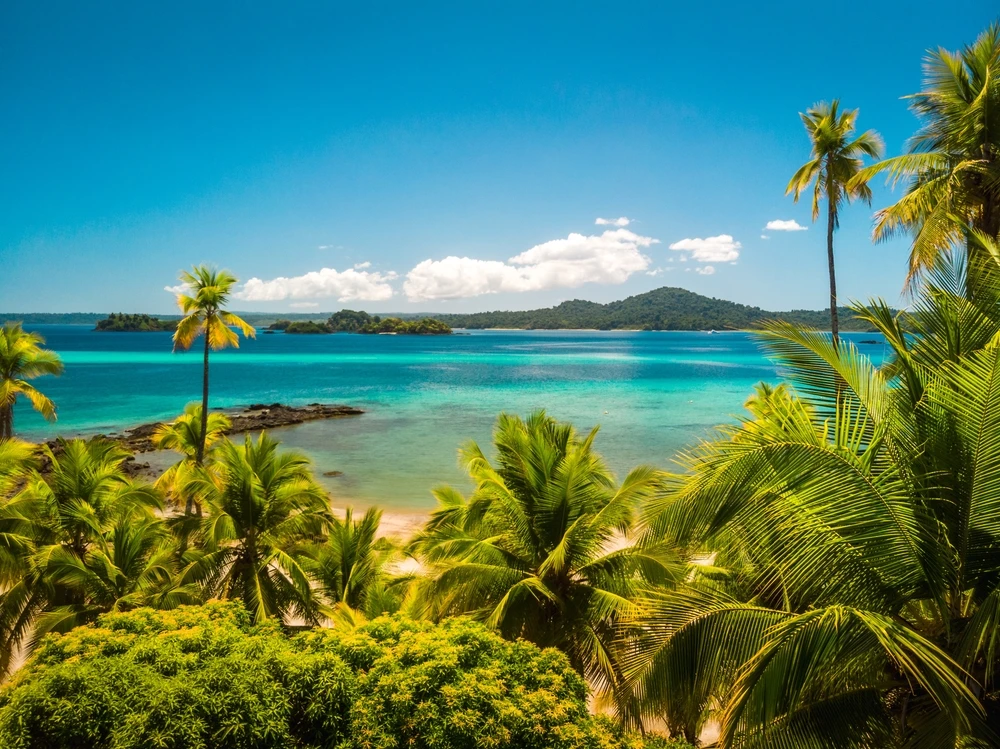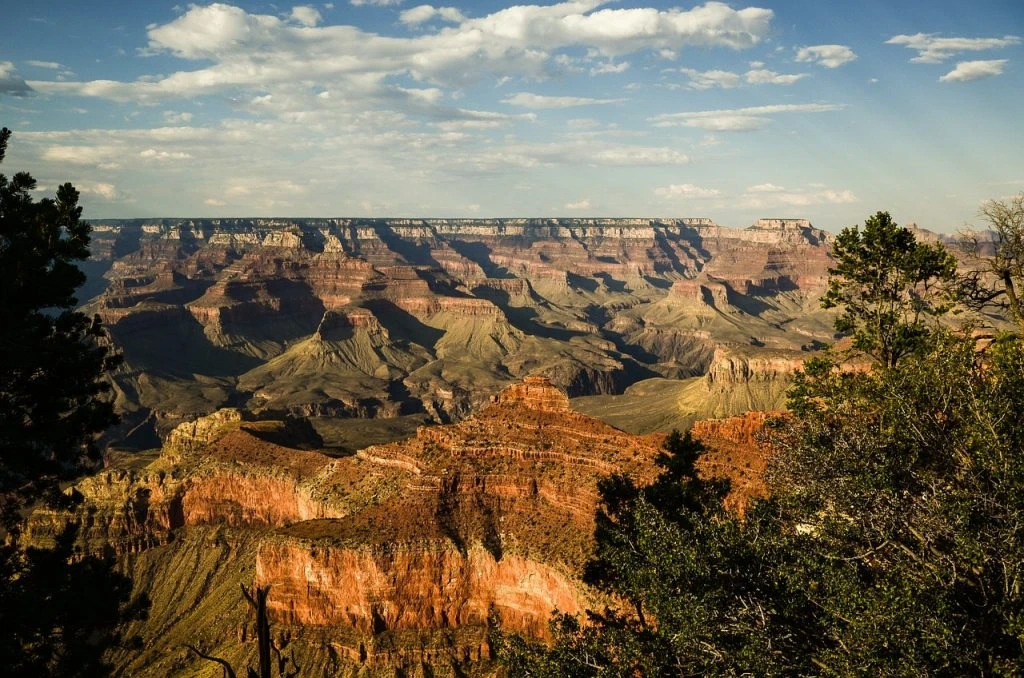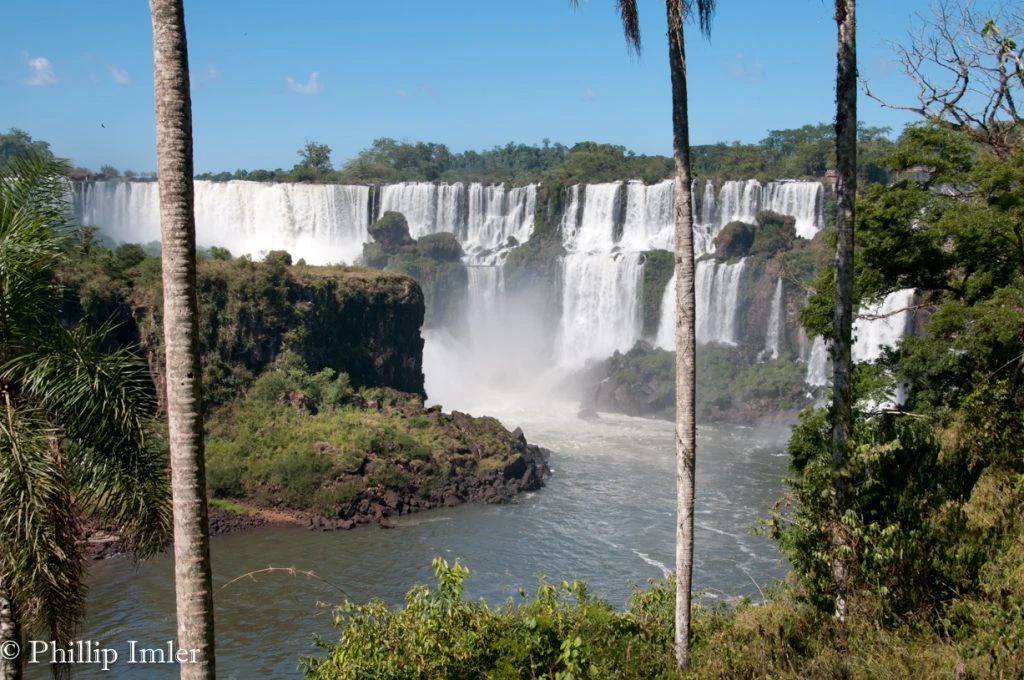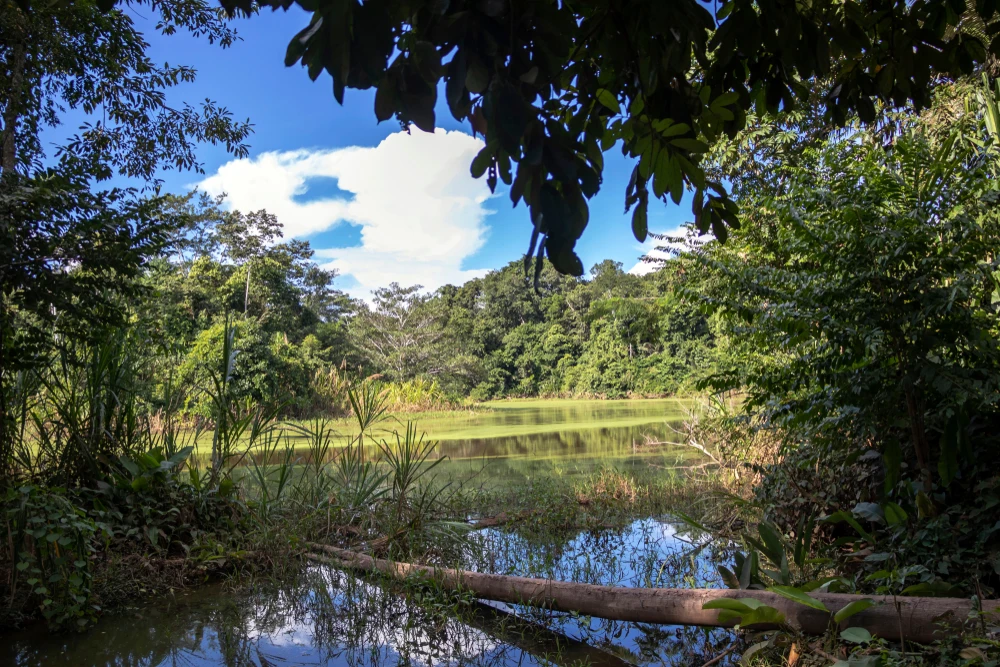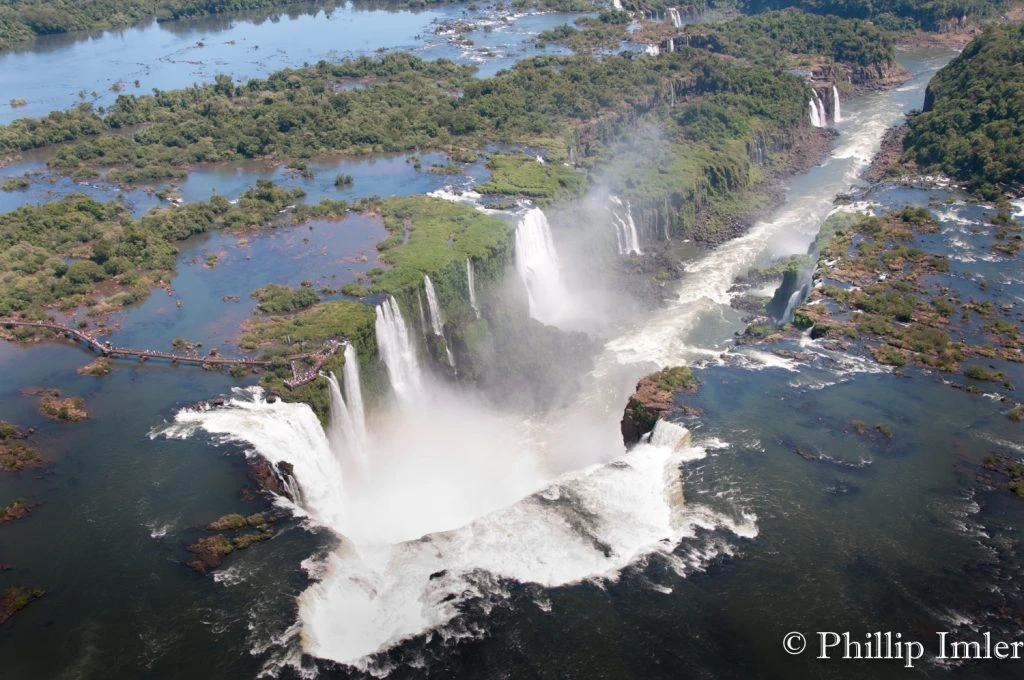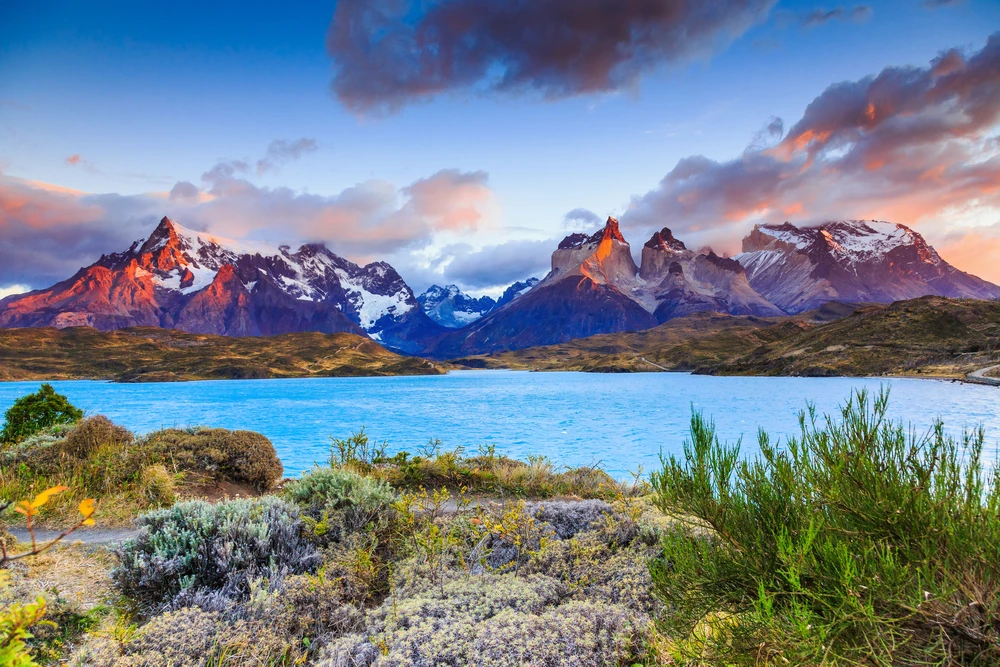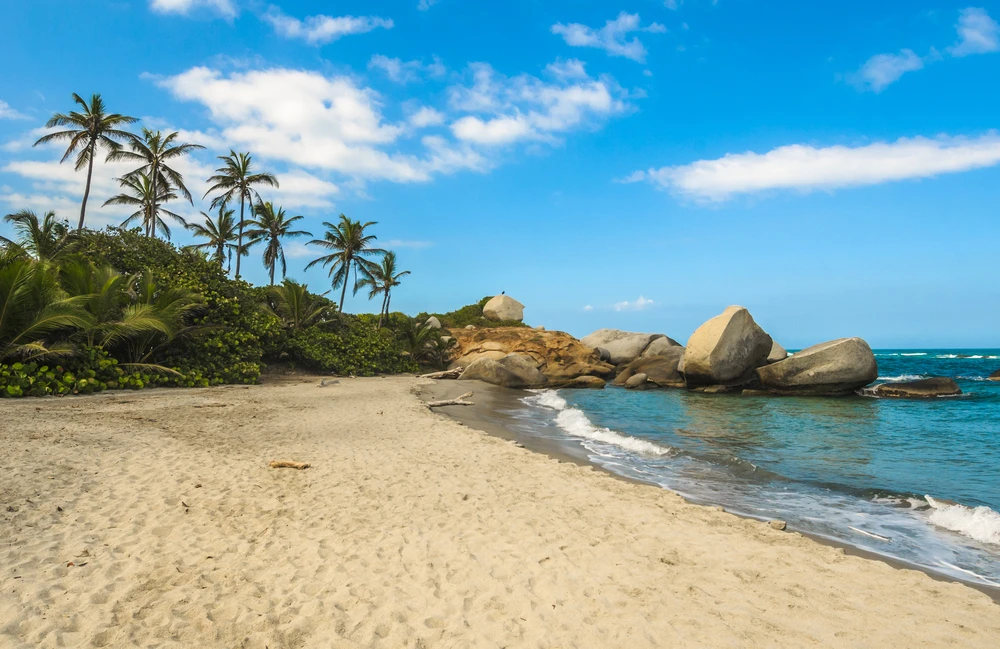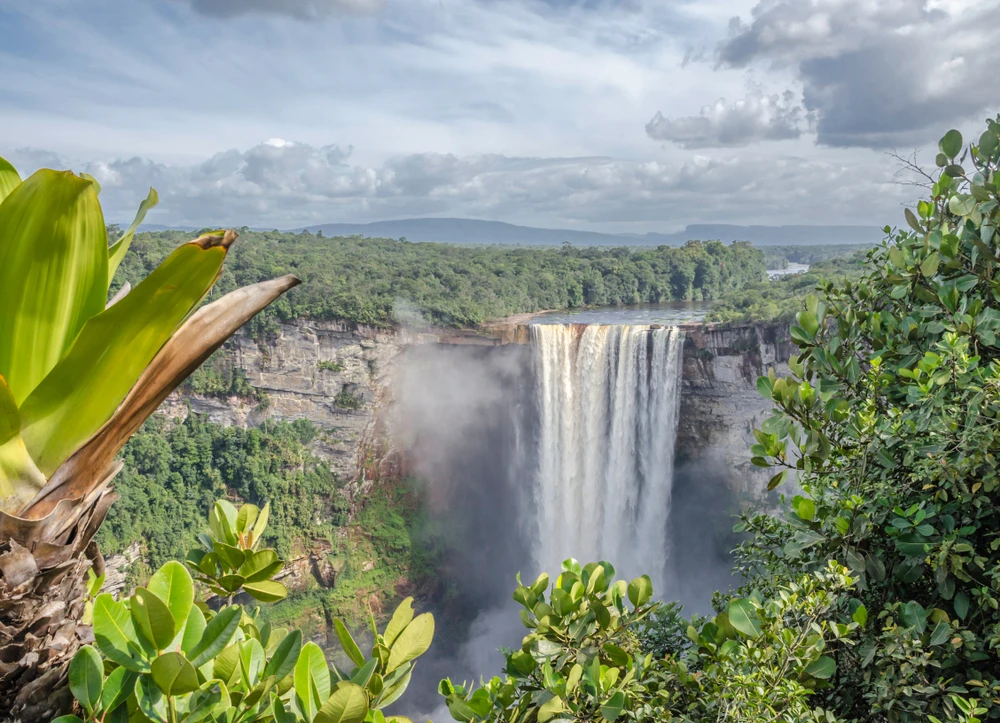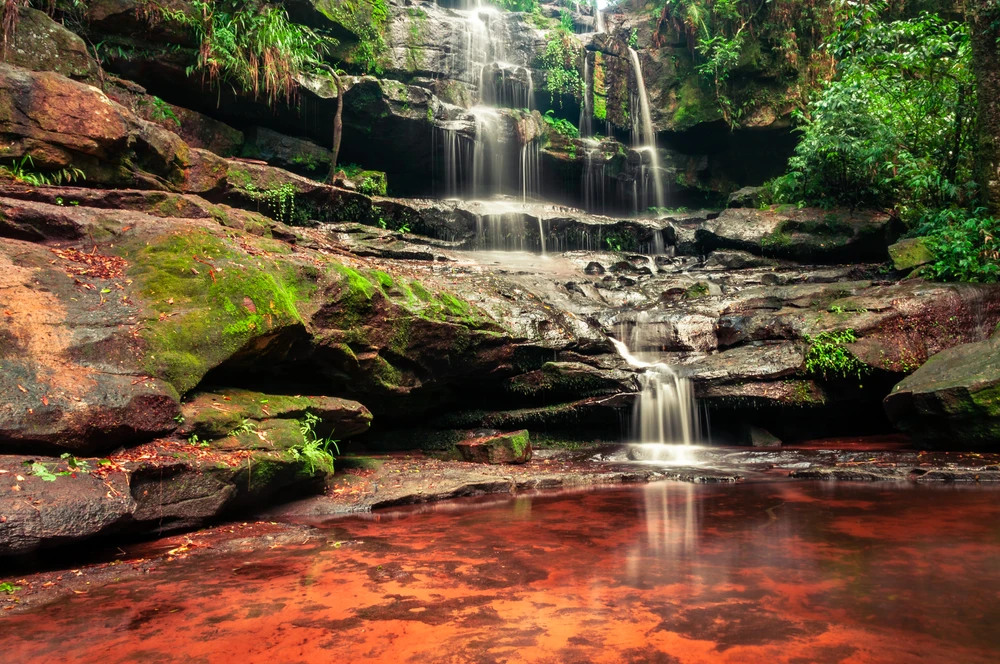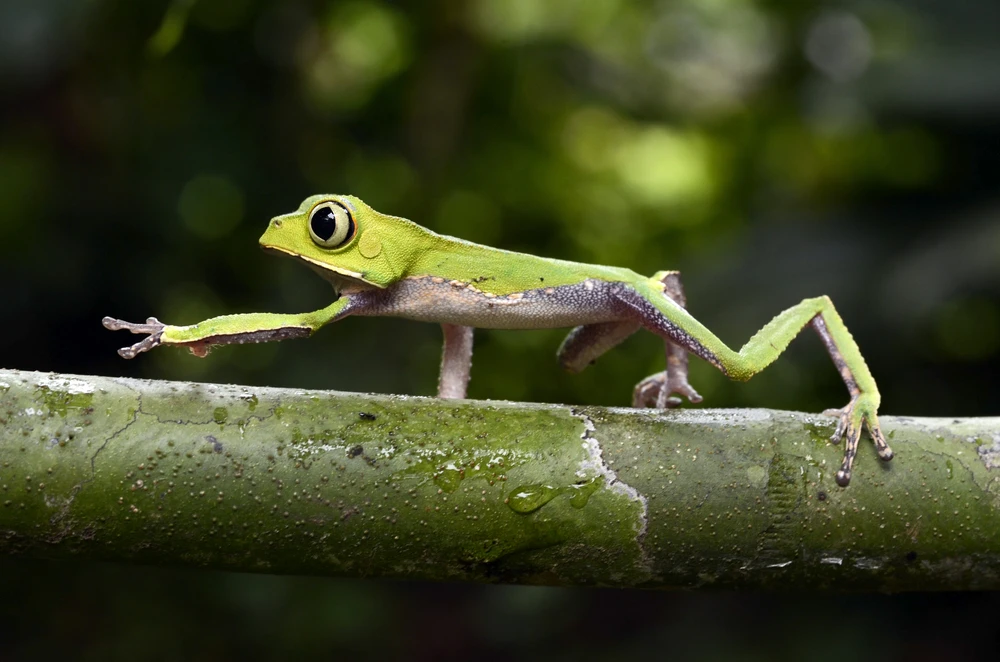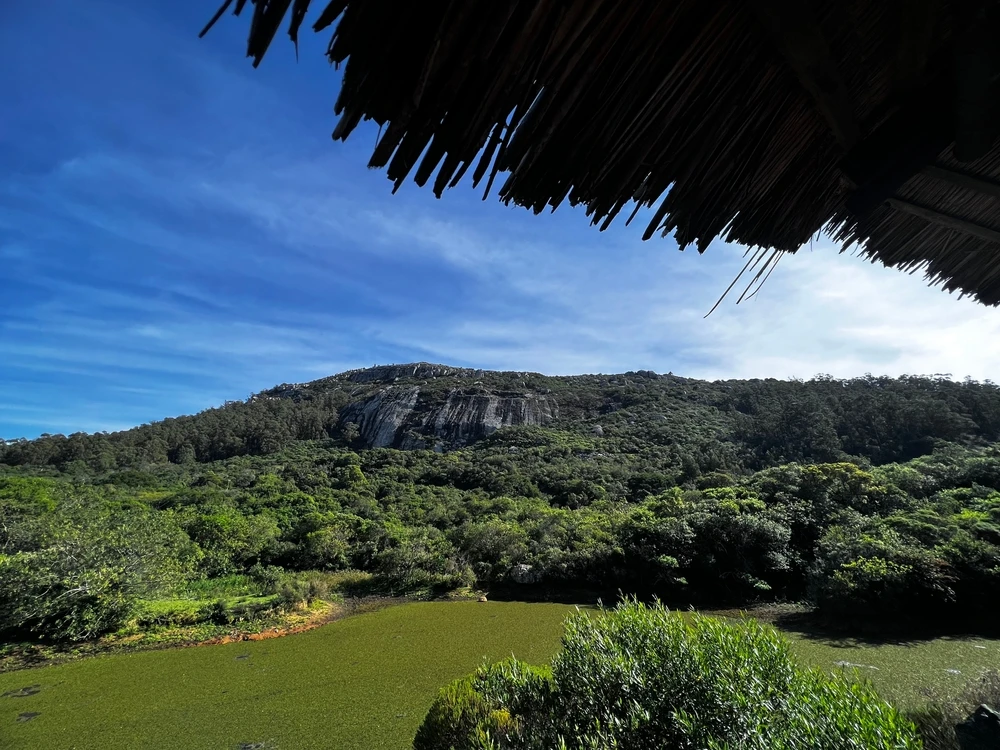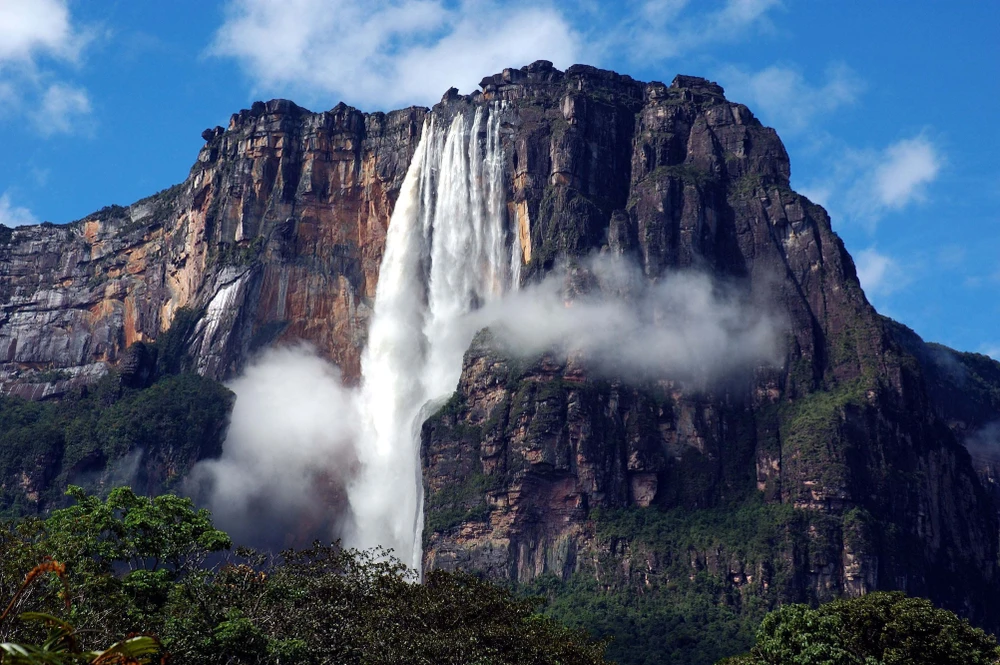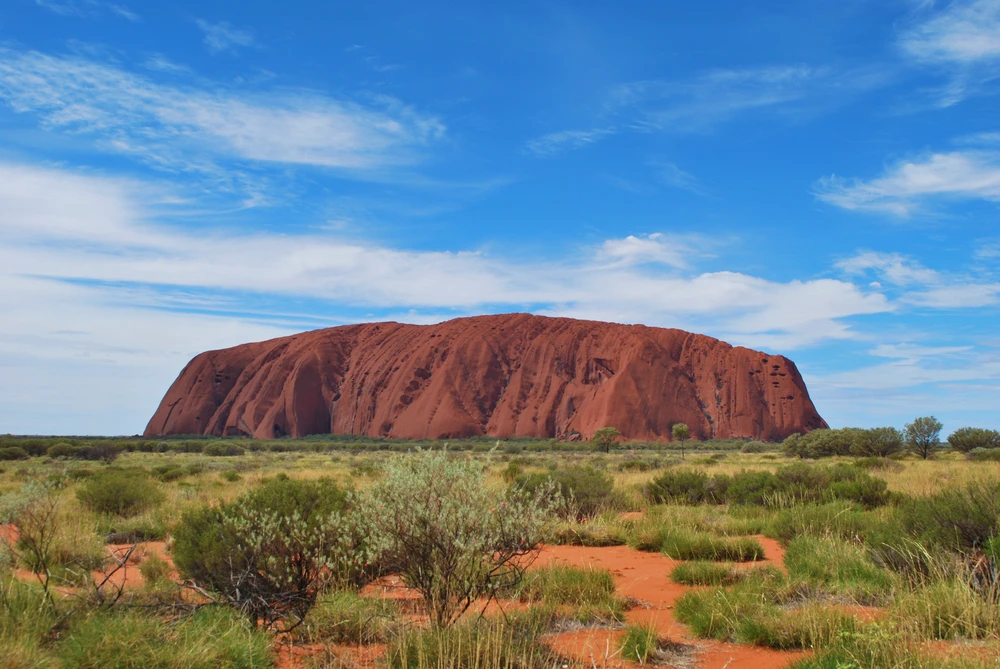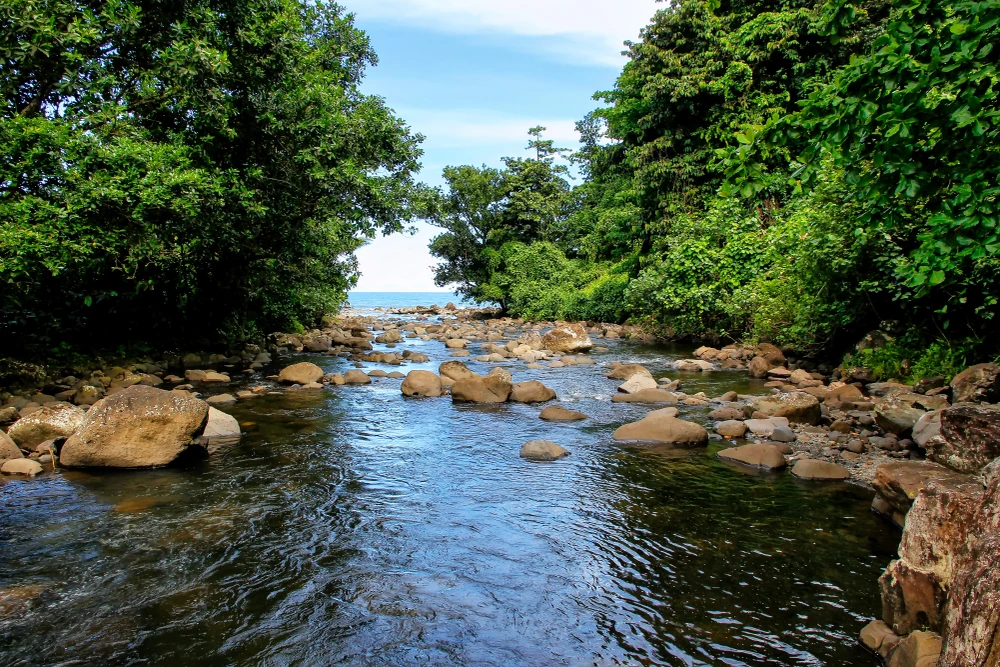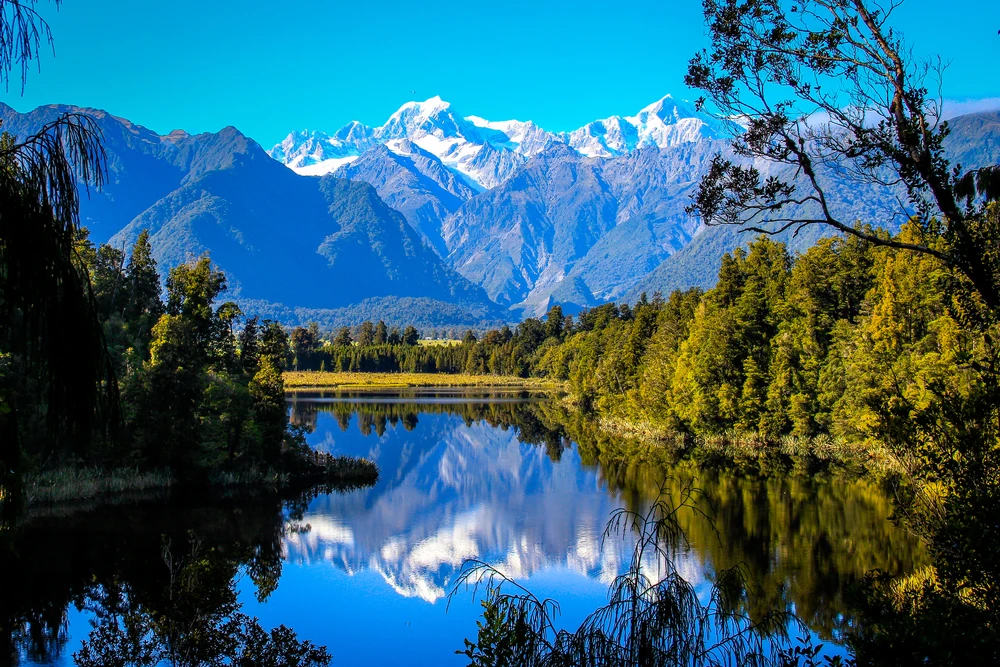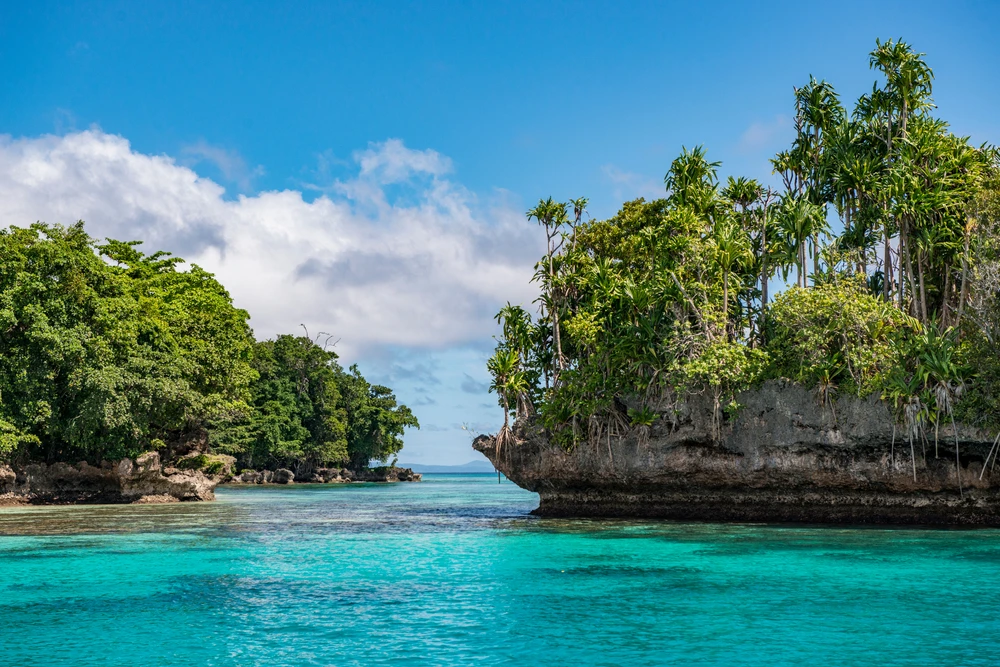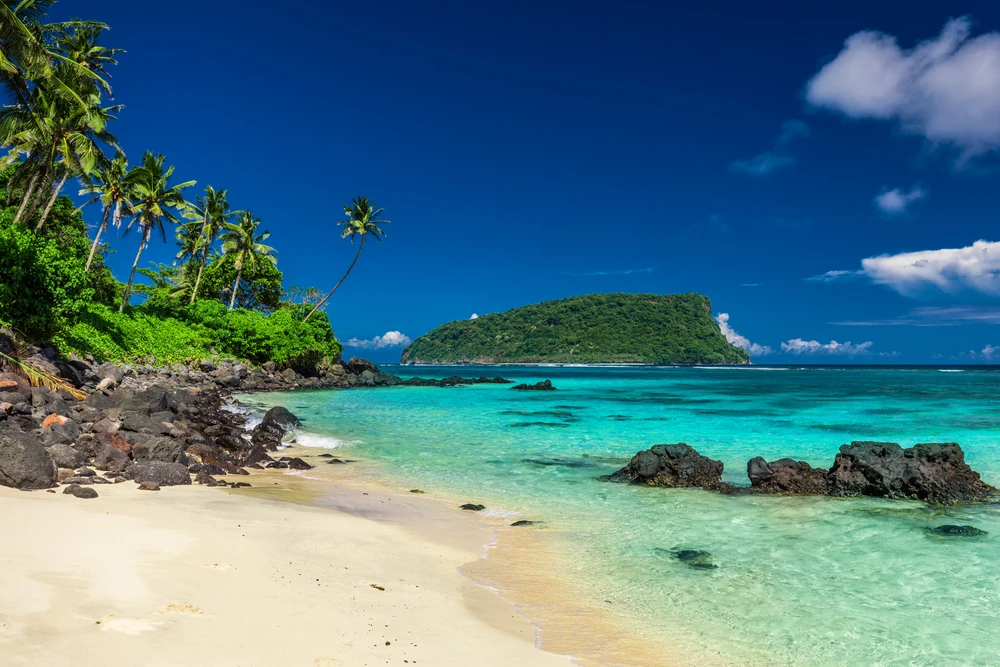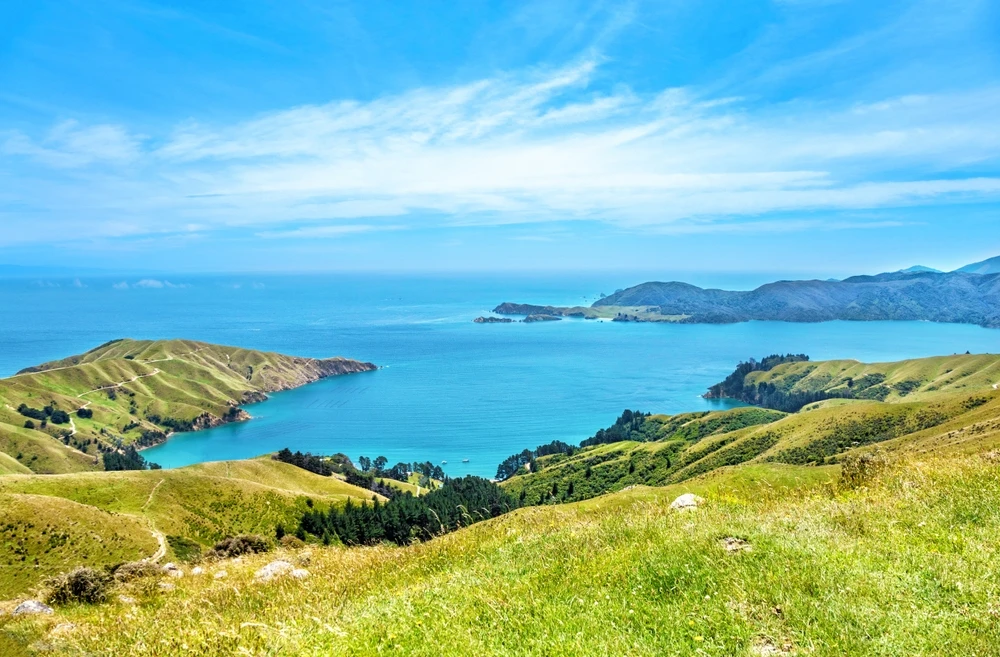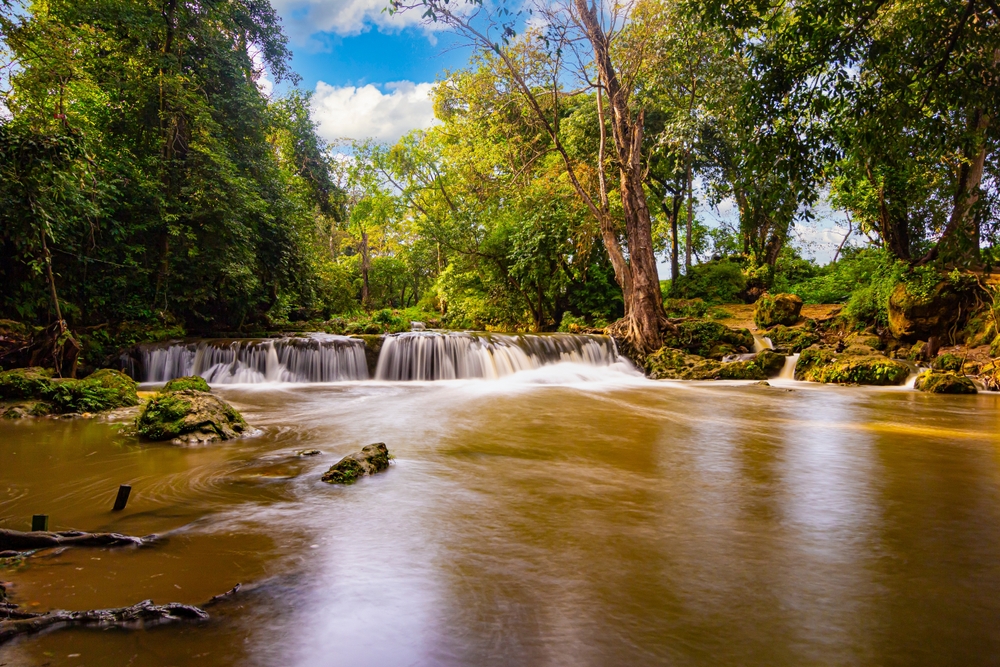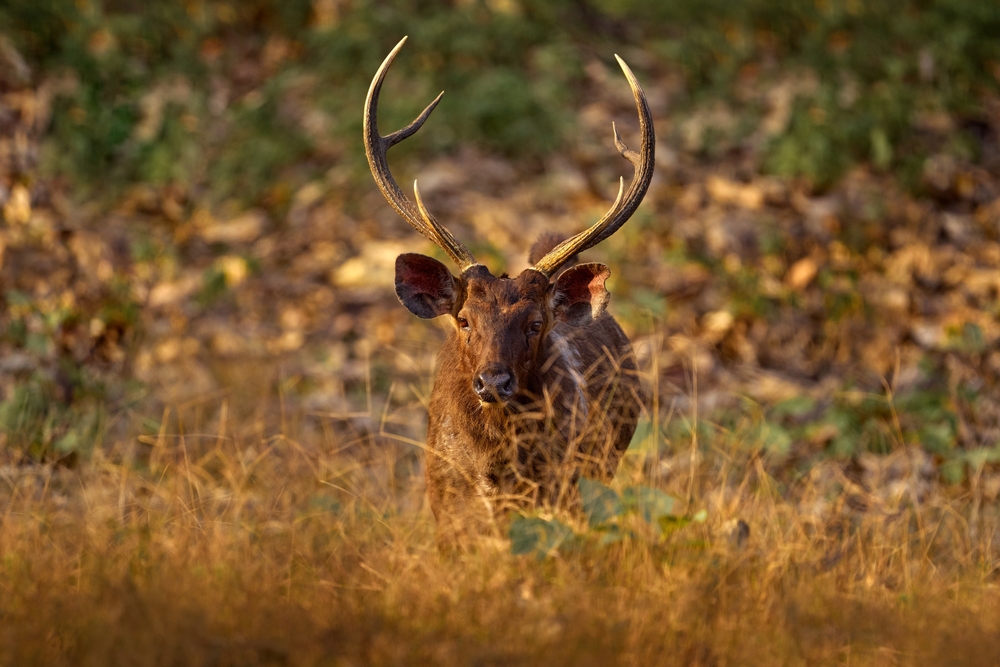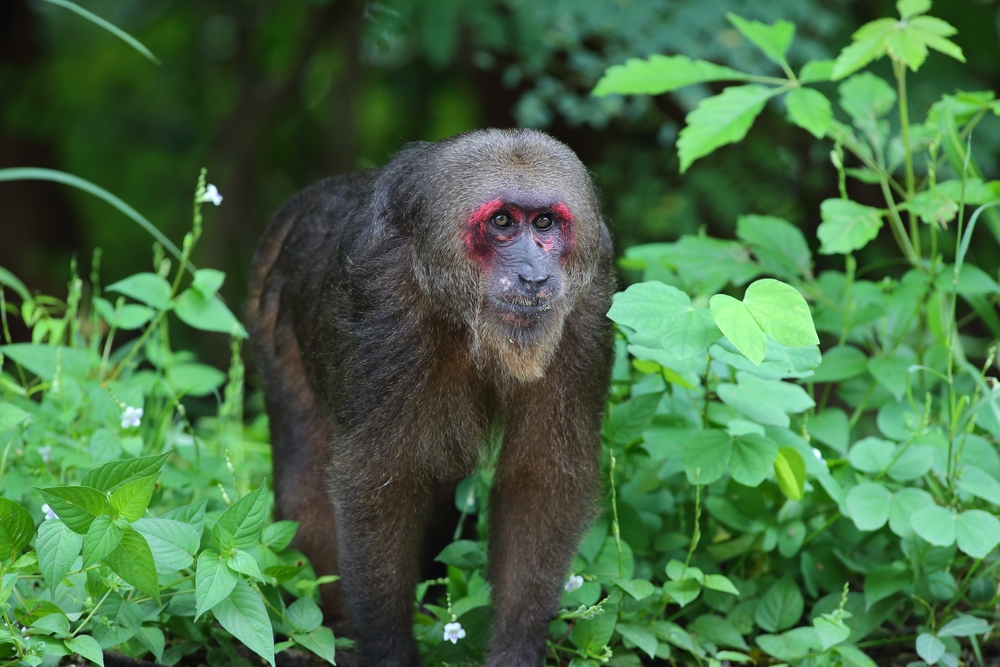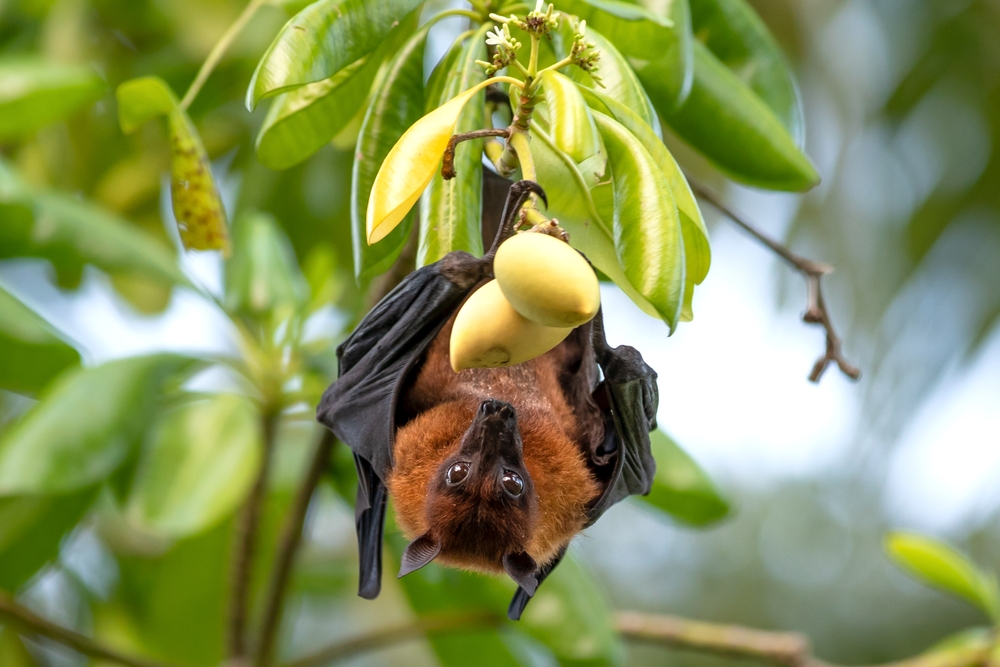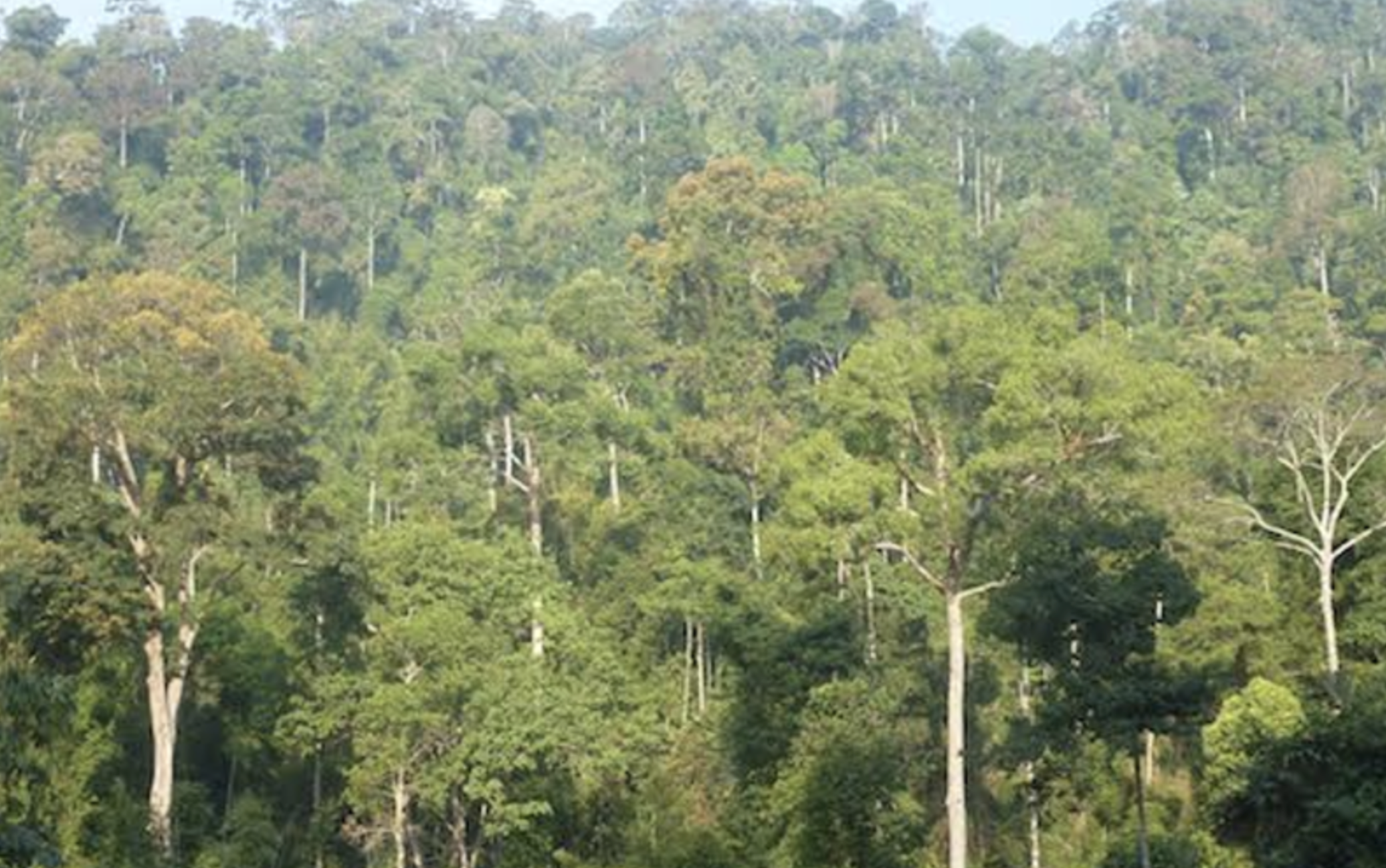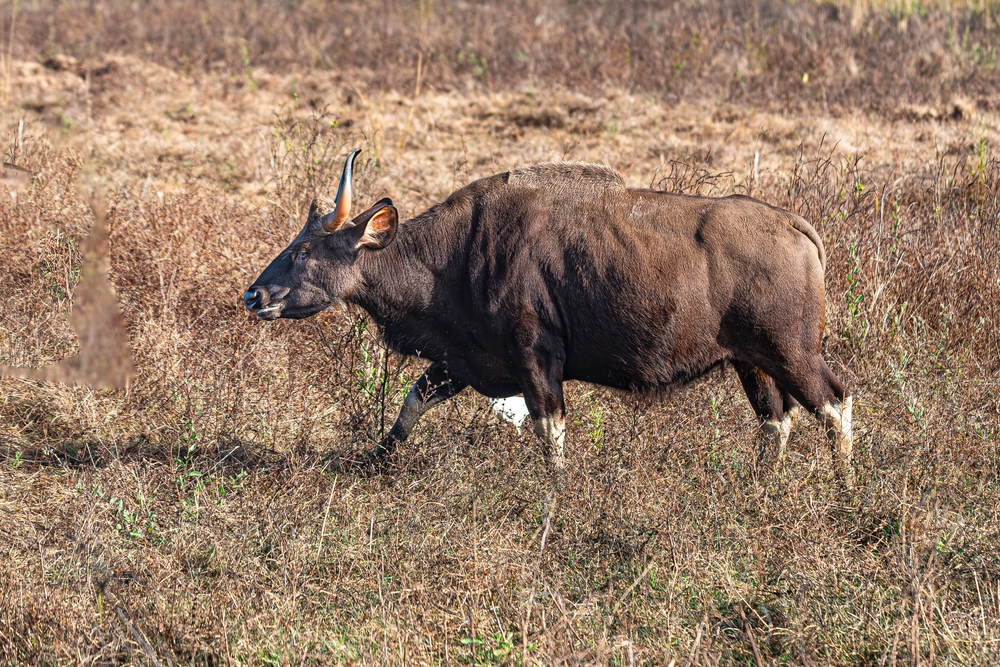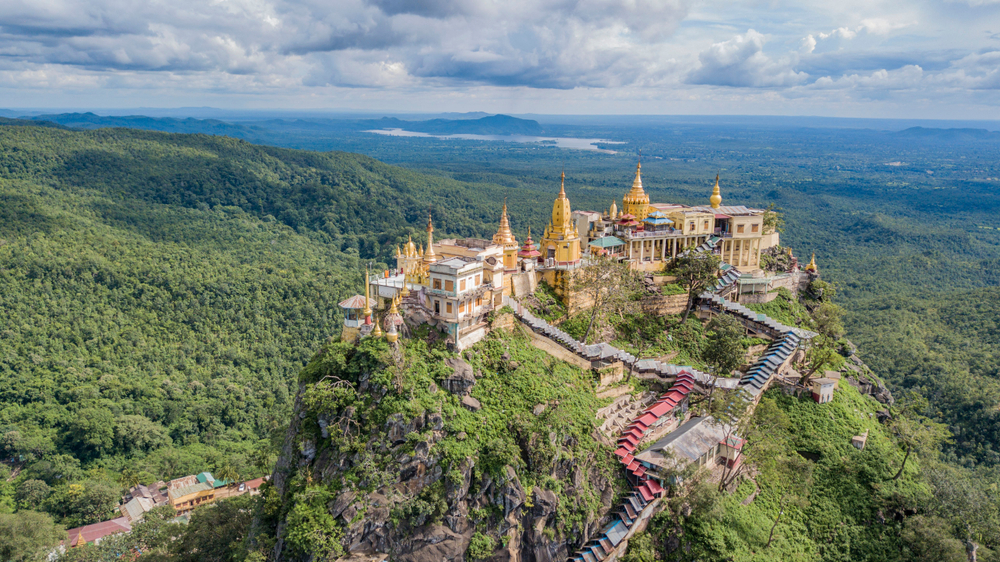Myanmar, a Southeast Asian country rich in cultural and ecological diversity, is home to a total of six officially designated national parks. Myanmar National Parks are spread across the nation’s varied landscapes, showcasing Myanmar’s rich biodiversity, from tropical rainforests to rugged mountain ranges. With a focus on protecting its unique flora and fauna, these national parks also provide breathtaking scenery and opportunities for exploration, making them significant both for conservation and ecotourism.
Among Myanmar’s national parks, Hlawga National Park is one of the most popular and accessible. Located near Yangon, it serves as a haven for wildlife and a natural retreat for urban dwellers. The park features semi-evergreen forest and a variety of wildlife, including deer, monkeys, and birds. Hlawga is also a rehabilitation center for orphaned and injured animals, highlighting its role in conservation and education.
Further north, Mount Popa National Park is famed for its striking volcanic landscape and the sacred Mount Popa, a prominent pilgrimage site. The park is home to diverse flora and fauna, including several bird species and medicinal plants. Mount Popa’s spiritual and ecological importance makes it a unique destination, blending natural beauty with Myanmar’s cultural heritage.
Alaungdaw Kathapa National Park, situated in the northwestern part of the country, is one of Myanmar’s largest and most remote parks. It protects vast tracts of forest and supports rare wildlife species such as Asian elephants, leopards, and gaur. The park also holds religious significance, as it houses the Alaungdaw Kathapa shrine, attracting pilgrims and nature enthusiasts alike.
Natmataung National Park, also known as Mount Victoria National Park, is another standout. Located in the Chin Hills of western Myanmar, it is known for its dramatic landscapes and remarkable biodiversity. The park’s mountain forest ecosystems support numerous endemic plant and bird species, making it a hotspot for botanists and birdwatchers. The Chin communities around the park also preserve unique cultural traditions, adding another layer of interest for visitors.
Despite these natural treasures, Myanmar faces several conservation challenges, including deforestation, illegal wildlife trade, and habitat loss due to agricultural expansion. However, there have been notable successes in recent years. Community-led conservation initiatives and increased government focus on ecotourism have helped raise awareness about the importance of protecting these natural areas. Projects to restore habitats and engage local communities in sustainable practices are gaining momentum, offering hope for the future of the national parks in Myanmar.
Myanmar national parks serve as vital refuges for its incredible biodiversity while also reflecting the country’s deep connection to nature and spirituality. Efforts to protect and promote these areas are key to preserving the nation’s natural and cultural heritage.
Scroll down for an alphabetical list of Myanmar National Parks


